15 visual storytelling tools for content teams

By Marissa Sapega — Contributing Writer
In the past, visual stories on the web were typically ‘stories that have lots of images’. But thanks to an abundance of visual storytelling platforms and exciting web tools, this is changing.
Increasingly, visual stories now contain interactive elements, video, infographics, maps, and more. Moreover, the best visual content on the web isn’t built with just one tool. Instead, creators are weaving visual stories by leveraging multiple solutions to create content that delights and enthrals viewers.
This article will explore some of the top visual storytelling tools creators have at their disposal to make their digital content electrify their audience. But first, it’s important to understand what a visual story is.
What do the BBC, Tripadvisor, and Penguin have in common?
They craft stunning, interactive web content with Shorthand. And so can you! Publish your first story for free — no code or web design skills required.
Sign up now.
What is a visual story?

Visual storytelling is a written narrative interwoven with expressive visuals to help convey meaning. Typically, visual stories can capture our collective attention far better than a story communicated through text alone.
This is especially true on the web, where readers increasingly expect immersive and interactive elements. In the past, most visual stories would contain at most a handful of images. But with the rise of new platforms and web technologies, visual content is increasingly multimedia. Interactive stories, too, are becoming much more common.
Visual storytelling has been embraced by a range of different content creators, from content marketing professionals to nonprofit marketers. Today, visual stories are becoming a core part of the digital marketing strategy of many organisations.
To create a visual story, you will need a canvas — that is, a base platform used to integrate the various elements of your story. Shorthand is one such platform, which can integrate with hundreds of third party tools and plug-ins, including many of those listed in this article. Learn more about choosing a platform here.
A HTML5 platform like Shorthand will automate many of the web design elements, including layouts and responsive design. This simplifies the content creation process, and most likely means you won’t need to tap in a web designer. Other content creation tools — such as generic CMS like Wordpress — will likely require more investment in bespoke development and web design.
Once you have chosen a platform and written a draft of your copy, you will most likely need to create a storyboard. This can be anything from sketches in a notebook to highly collaborative online mockups. The storyboard process is useful for engaging with stakeholders before you invest in creating or sourcing assets.
Once your storyboard is complete, you can begin creating your assets. This might require graphic design, depending on how sophisticated your visual story is and what sort of visual elements you wish to include. Some visual stories use stock photos and GIFs — others incorporate custom videos and maps.
So, what tools can help you create compelling content that will captivate your viewers? Here are our recommendations for the best visual storytelling tools.
The top 15 visual storytelling tools

Canva
Canva’s drag-and-drop media creation tool lets you build virtually anything you can dream up — all without needing a degree in design. It has templates for videos, social media artwork, logos, posters, presentations, graphs, and much more. Use it to leverage your shaky-at-best artistic skills and pull together a polished final product.
Canva is perfect for bootstrapping entrepreneurs and teams who want to work collaboratively. It’s so much fun (and so easy) to create designs that it may cause you to reconsider a career in the arts if you’re not already in that discipline!
Expertise required: It’s super beginner-friendly but also beloved by skilled designers.
Cost: Free plan, with Pro starting at $12.99 per month.
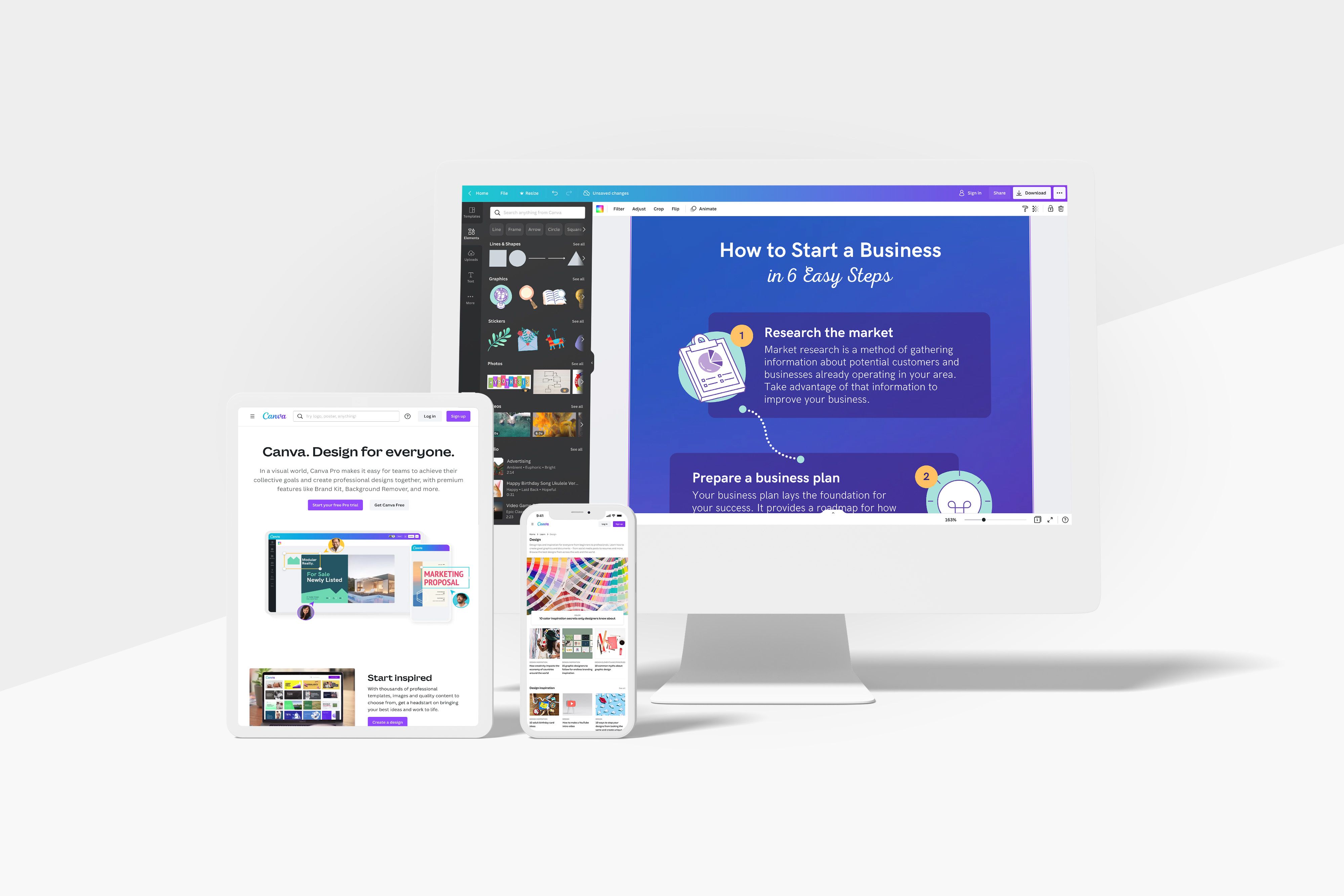
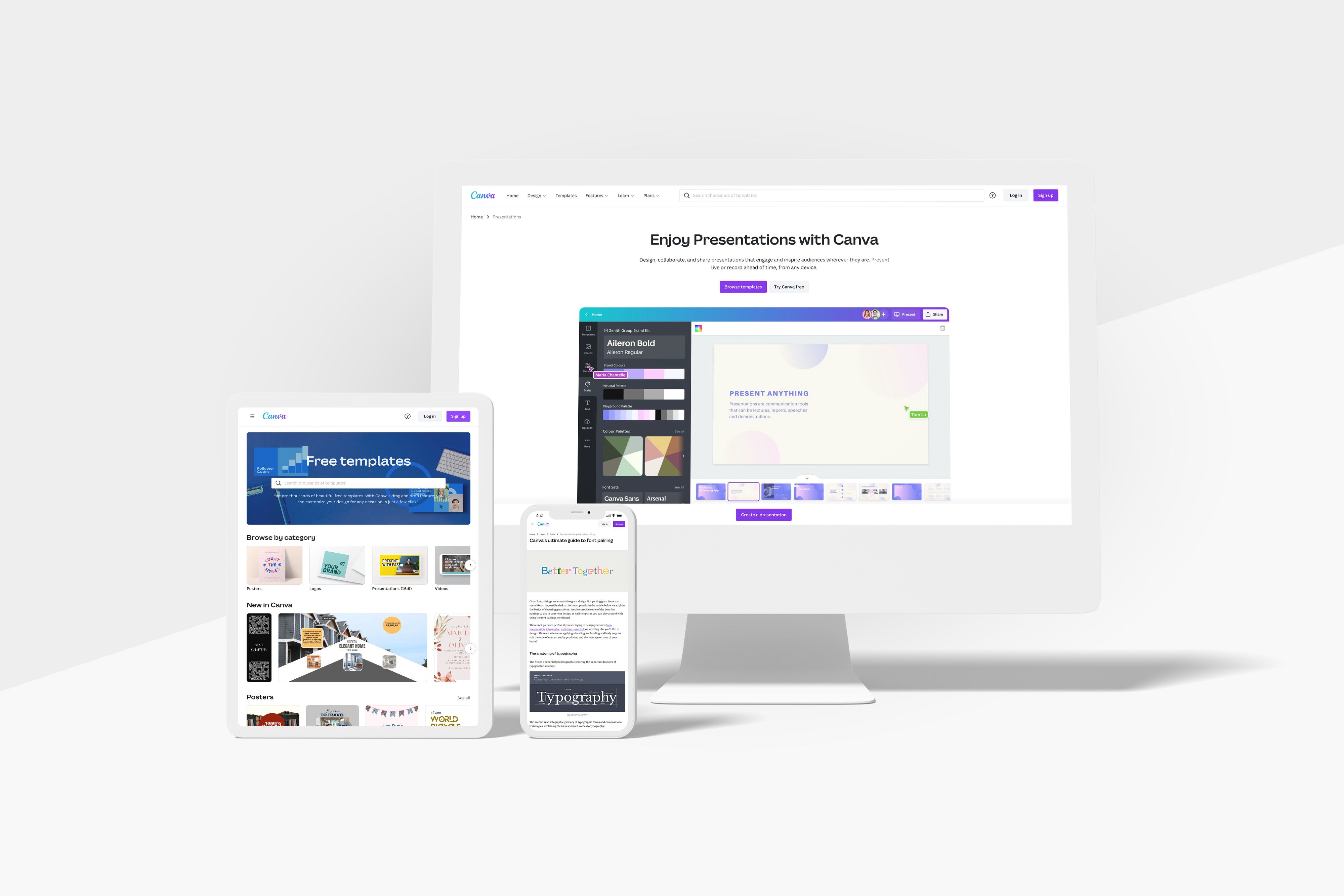
Visme
Trusted by boutique brands and Fortune 500’s alike, Visme is your go-to solution for designing elegant imagery for all your needs. Like Canva, seasoned designers and those who can’t draw a straight line will find it delightfully easy to transform data and ideas into visuals audiences can’t help but admire. You can create infographics, branded documents, presentations, short videos, animations, and more.
Expertise required: User-friendly for everyone from design novices to experts.
Cost: Free plan, with Pro starting at $12.25 per month.
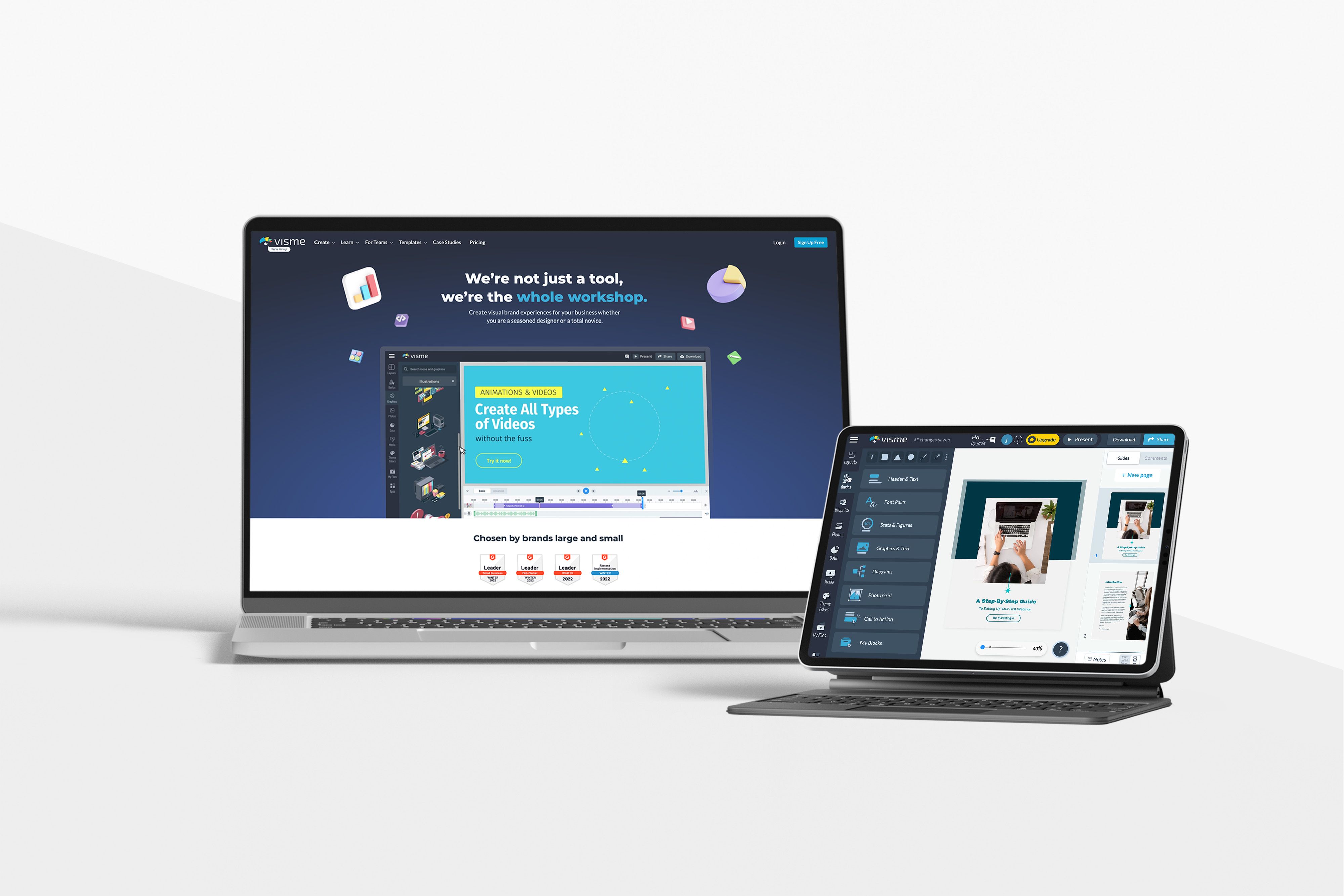
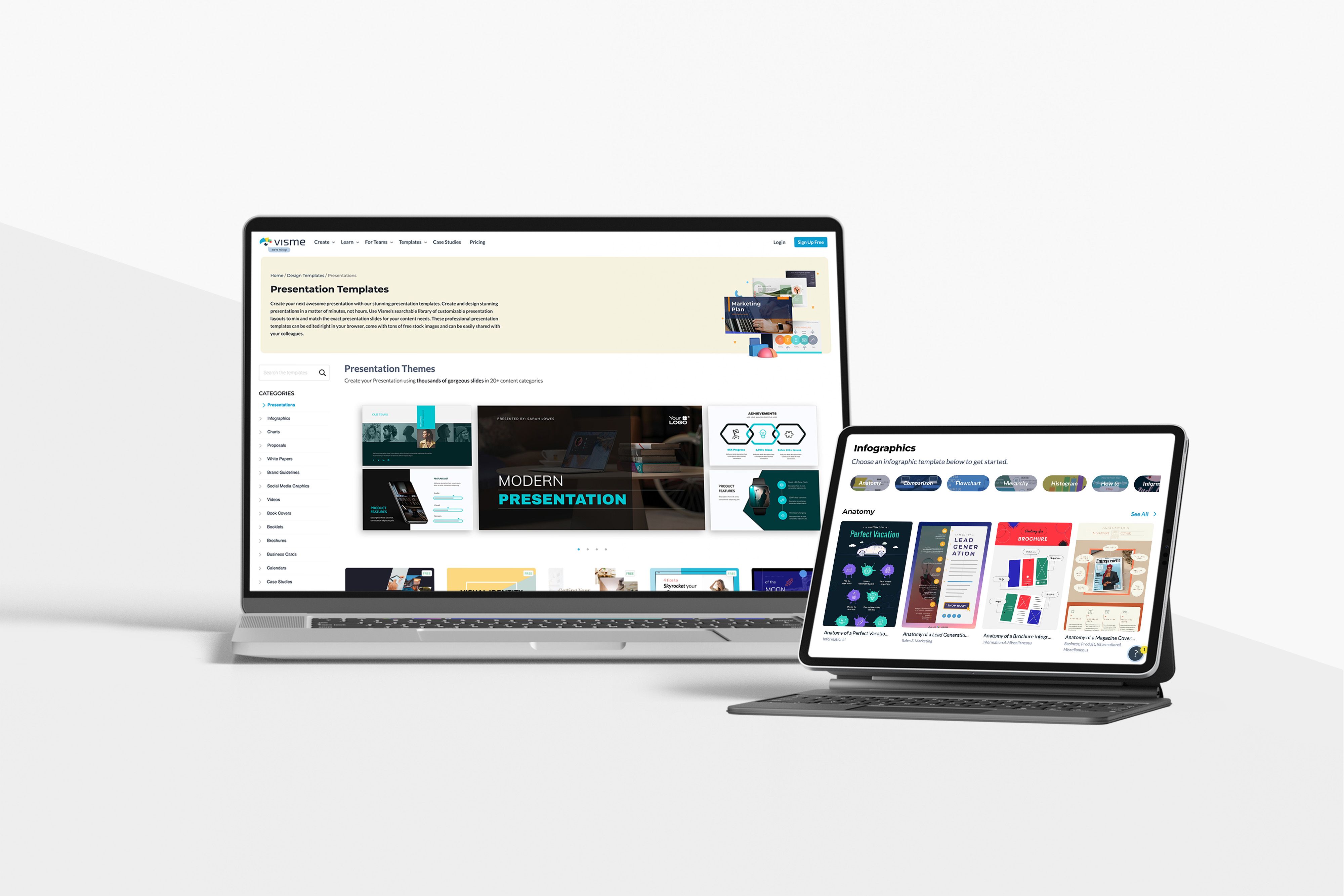
Venngage
Creating an infographic couldn’t be easier with Venngage. Start with one of their 7,500 professionally designed templates, use the drag and drop editor to customise it to your needs with stock icons and images, then download it.
But Venngage is not limited to infographics. Like Canva and Visme, you’re free to unleash a whole host of creative options for virtually any type of visual imagery you need. Coupons, certificates, YouTube banners, diagrams, flow charts — you name it, you can create it on Venngage.
Expertise required: For everyone who can use a computer! (Even your uncle who refuses to buy a smartphone.)
Cost: Free plan with Premium starting at $16 per month.
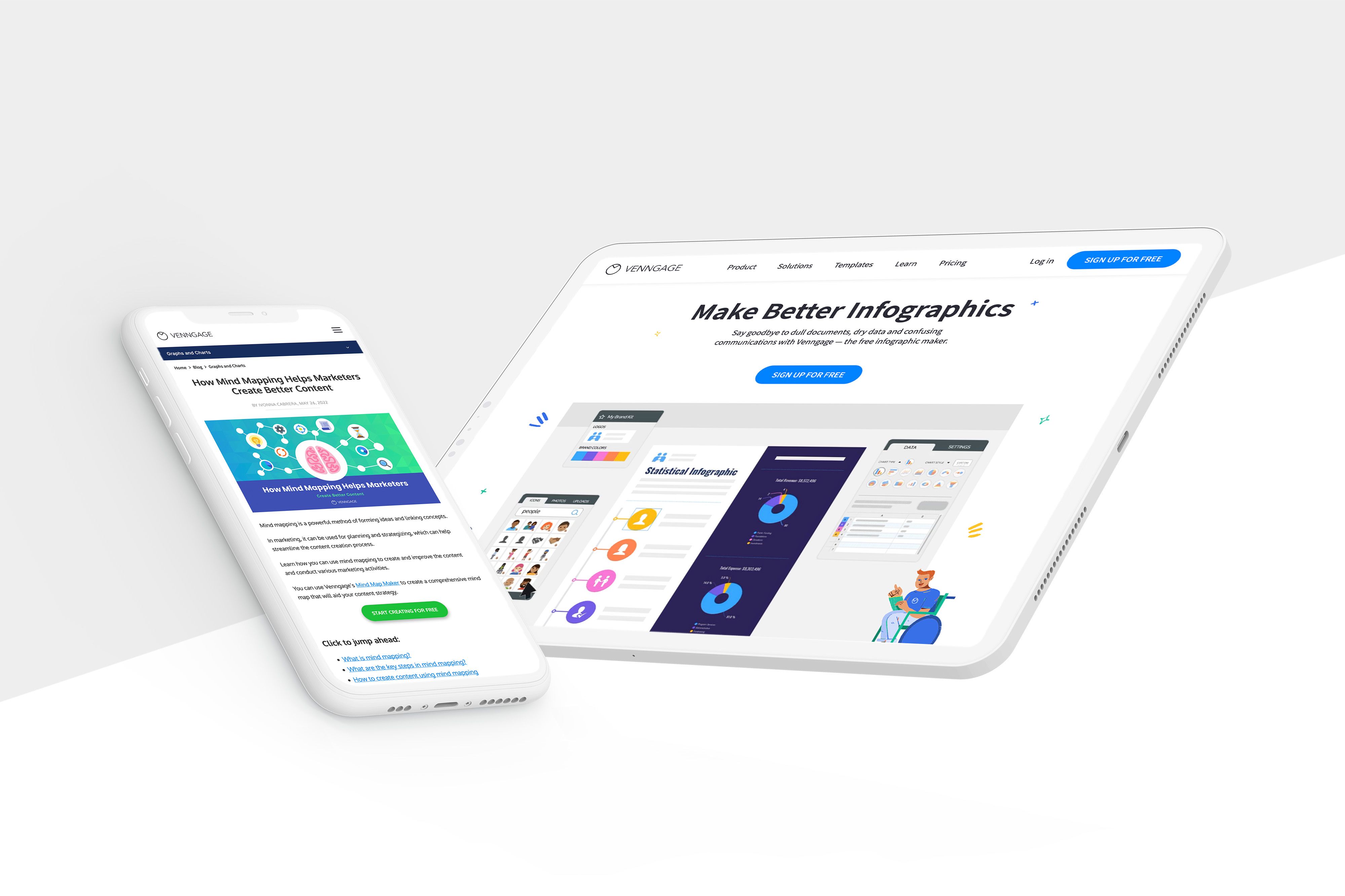
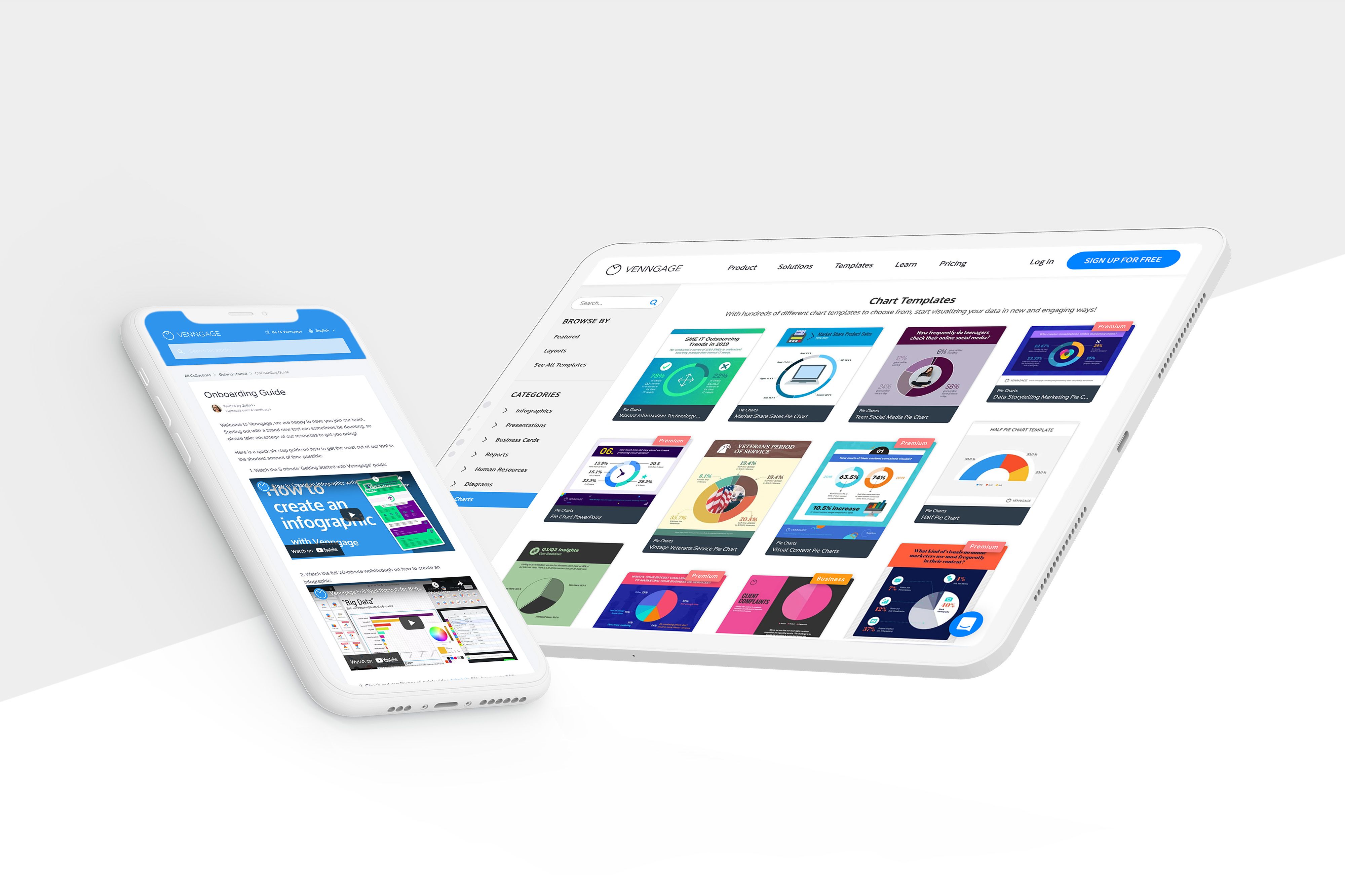
Esri ArcGIS StoryMaps
More than a simple map tool, ArcGIS StoryMaps enables you to build a custom digital story enhanced with dynamic maps you create. If you’re a digital storytelling newbie, start with an express map. ArcGIS StoryMaps provides the base map canvas — you add custom touches like drawn lines, annotations, and pop-ups that make your map more engaging and valuable.
Expertise required: ArcGIS is built for GIS professionals, and you’ll likely need some GIS expertise to make the most of the tool.
Cost: You’ll need to chat with them to find out.
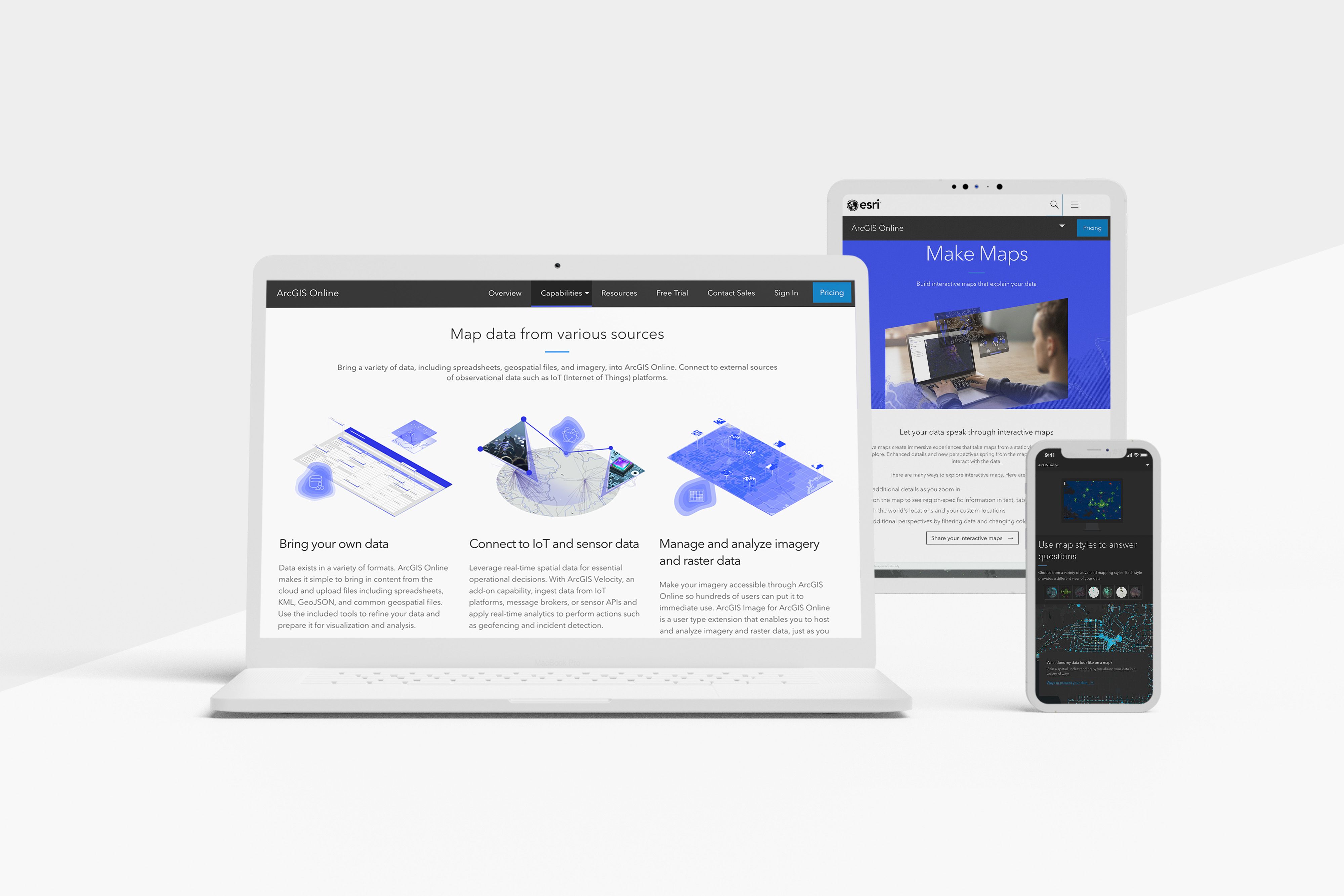
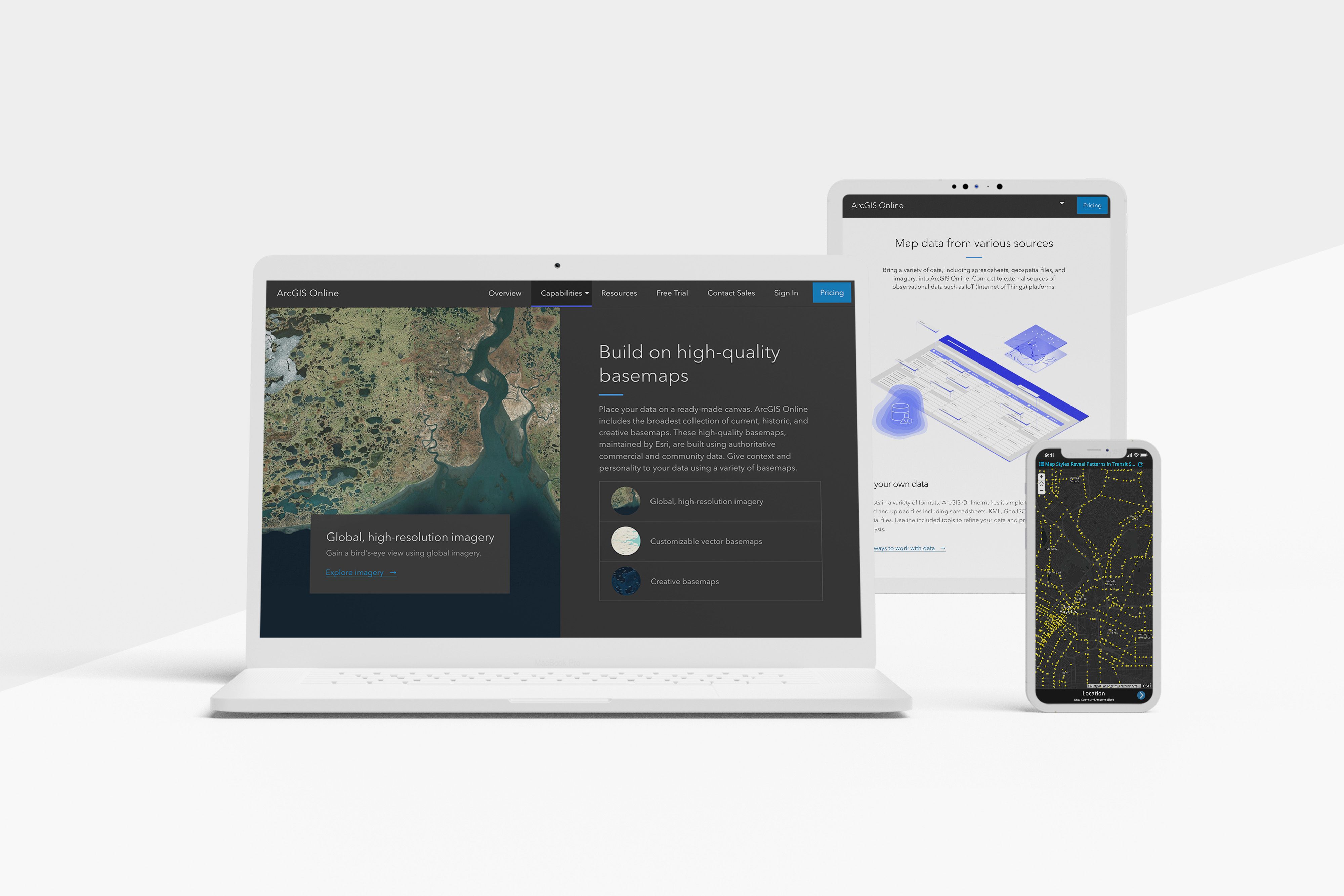
Mapbox
If you’re looking to include maps that offer real-world visualisations (with topography!), tiling, geographically accurate streets, and more to your digital stories, Mapbox will be your new best friend. Non-techies will appreciate the professionally designed basic options, while the more creatively inclined can let their imagination run wild when creating a custom map in Mapbox Studio. It turns out it’s surprisingly easy to add stunning cartography to your digital stories when Mapbox is involved.
Expertise required: You’ll likely need a developer to make the most of Mapbox. While some of the maps are easy to add to digital content, others have more complex requirements. Keep in mind that you’ll need to use the Mapbox API to access the maps, which will more than likely require a developer’s help to connect to whatever platform you’re using to build your story.
Cost: Pricing varies by volume (eg, app users, monthly loads, requests, etc.), though all the map options start with a free tier.
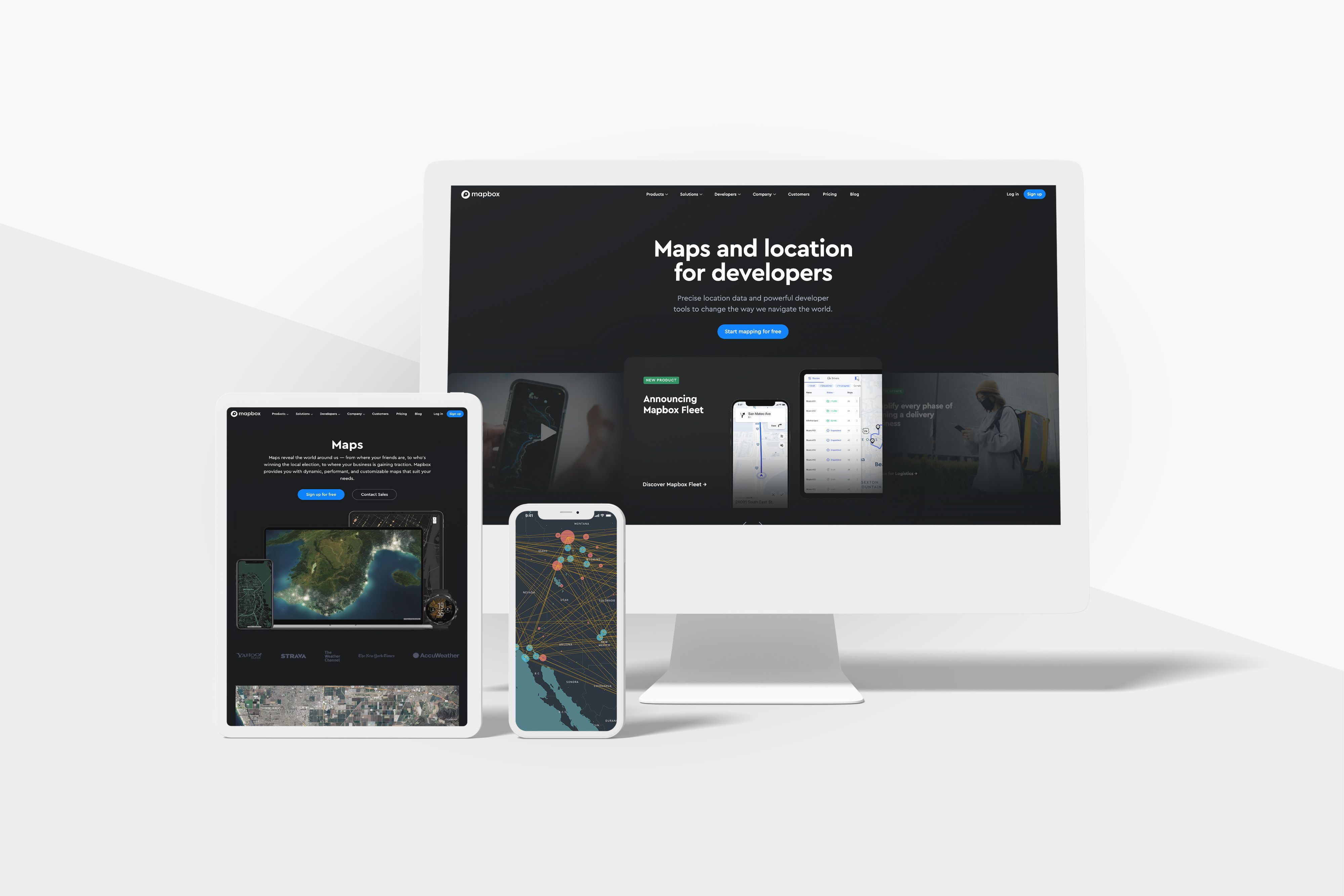
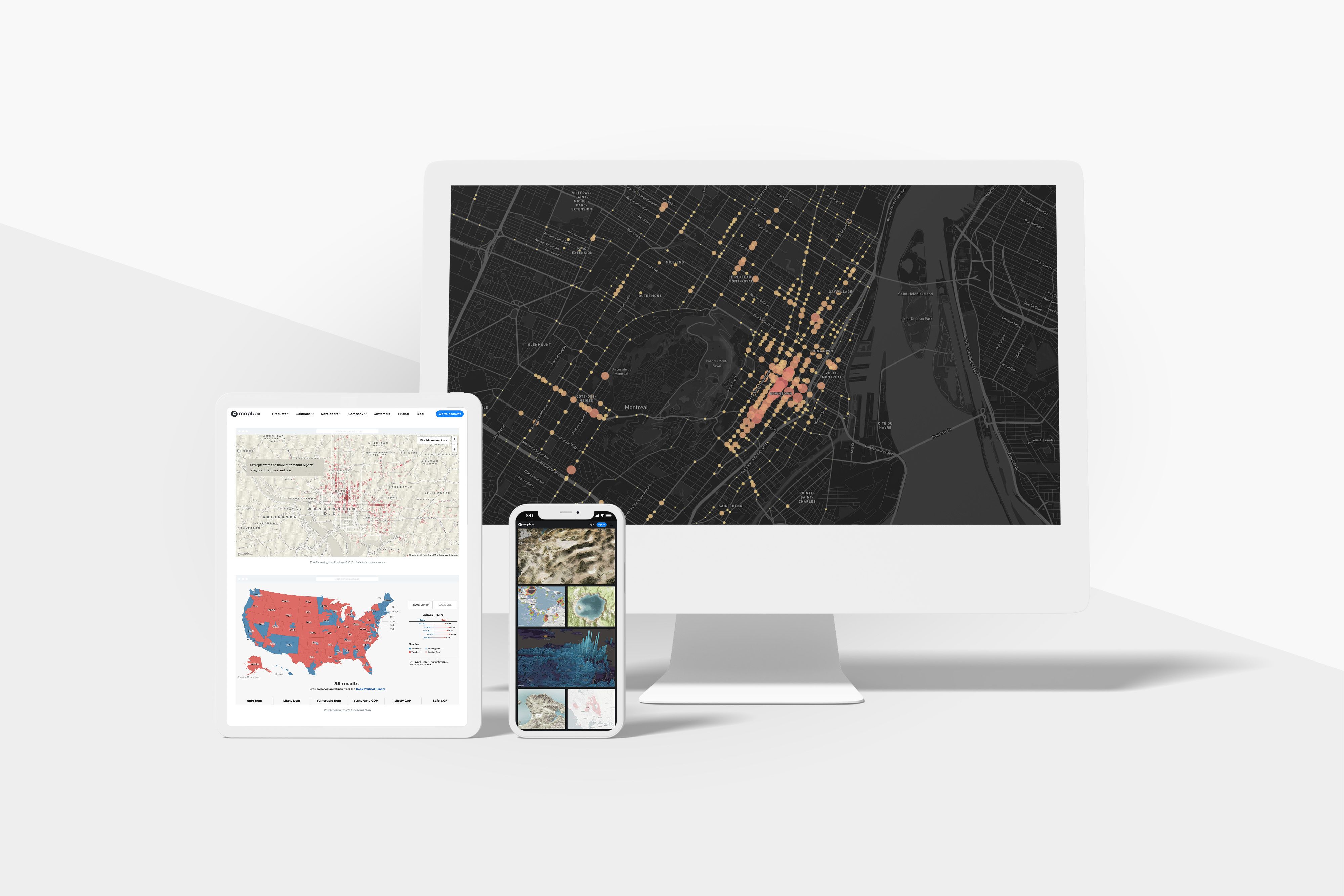
Shorthand
Shorthand is a digital storytelling platform that allows users to create interactive maps using scrollytelling. Shorthand’s Scrollpoints feature allows you to leverage the Scrollytelling format without writing code. Zoom in and out and from side to side on images to draw viewers’ attention to a particular part of the visual
Expertise required: Beginner-friendly — anyone can pick it up with minimal effort.
Cost: Custom pricing for all use cases. Contact us for more pricing information.
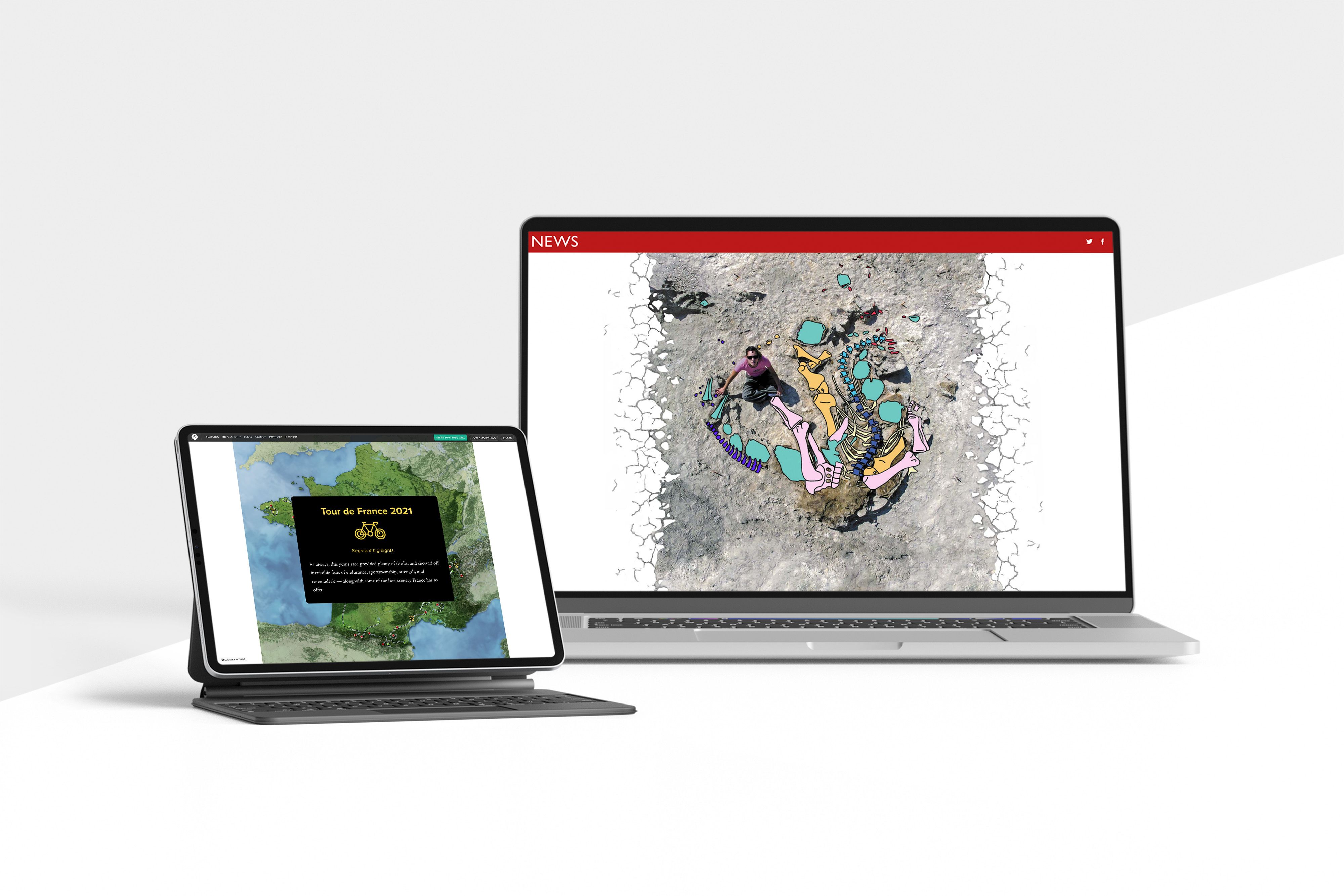
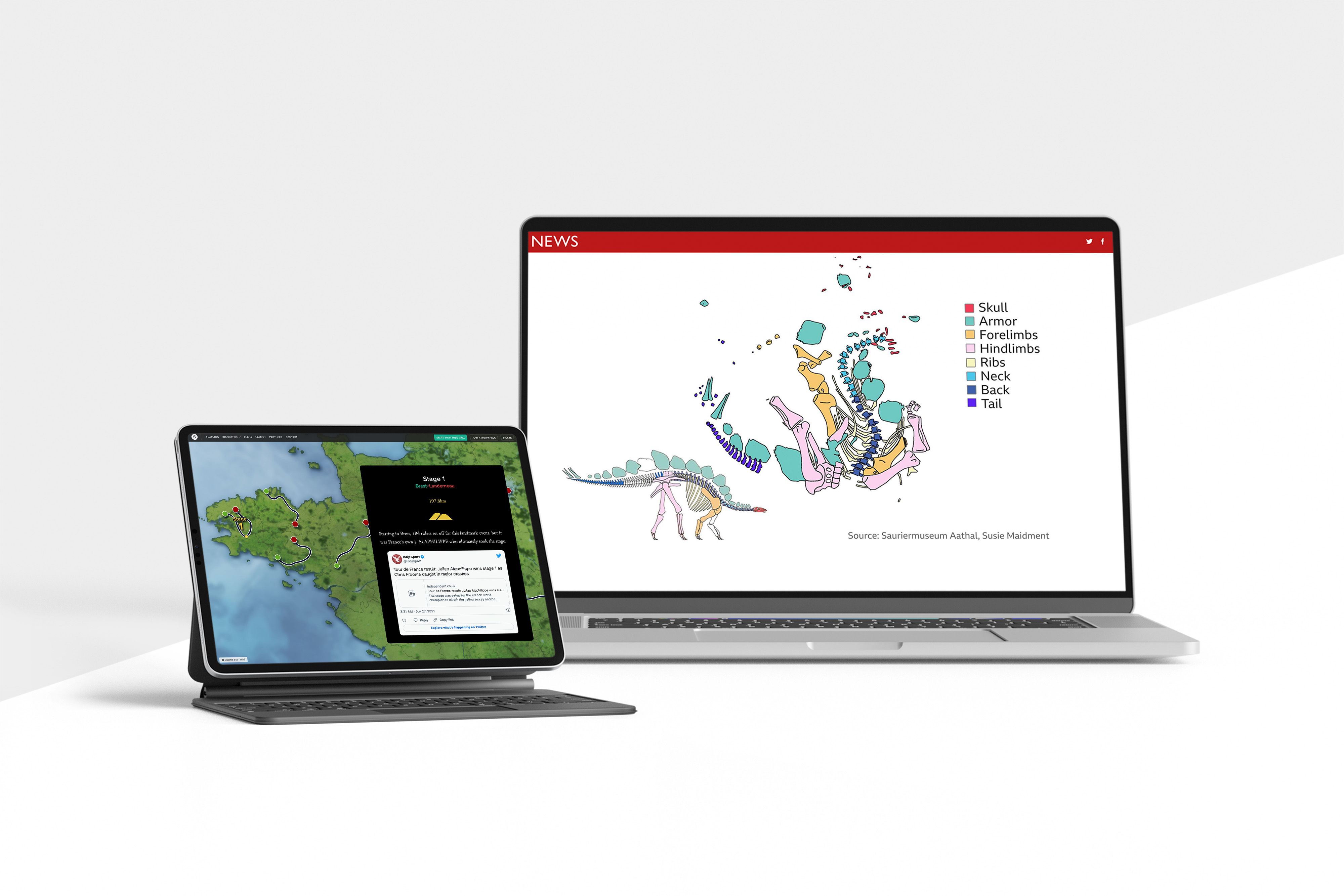
Flourish
Trusted by thousands of brands worldwide for good reason, Flourish is one of the industry’s top data visualisation tools. You can build heatmaps, Sankey diagrams (to illustrate flows), and even animated race bar charts that illustrate changes over time.
Flourish also allows you to create additional interactive content like quizzes and carousels that are perfect for embedding in your digital stories or website. Though you can start with one of their ready-made templates, you can also create bespoke templates or commission one that suits your unique needs.
Expertise required: If you know how to create a spreadsheet, you can use Flourish. Those who love a good hands-on project can take advantage of Flourish’s customisation options and build their own templates from scratch using its developer SDK.
Cost: There is a free plan, but you’ll need to contact them for pricing information.
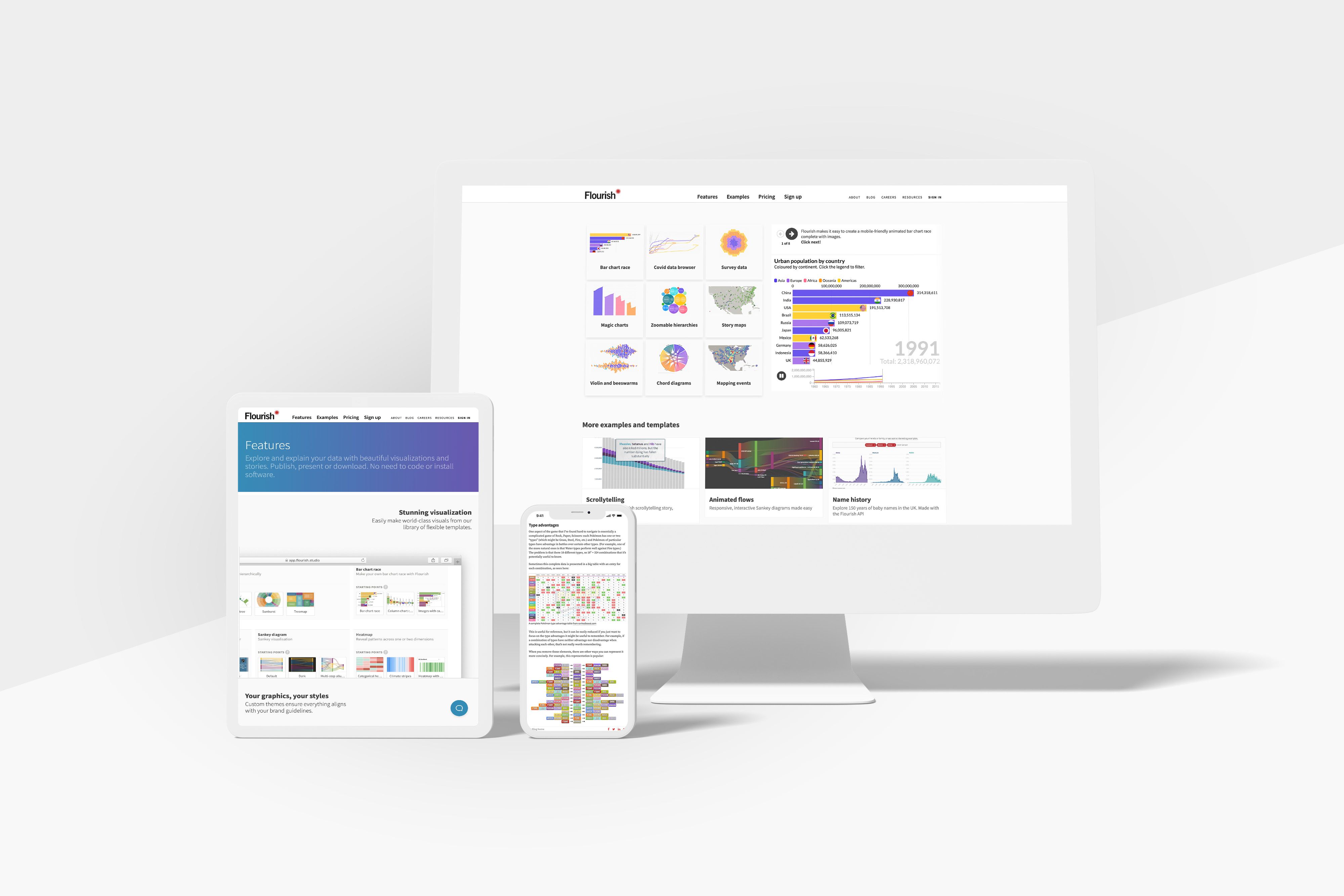
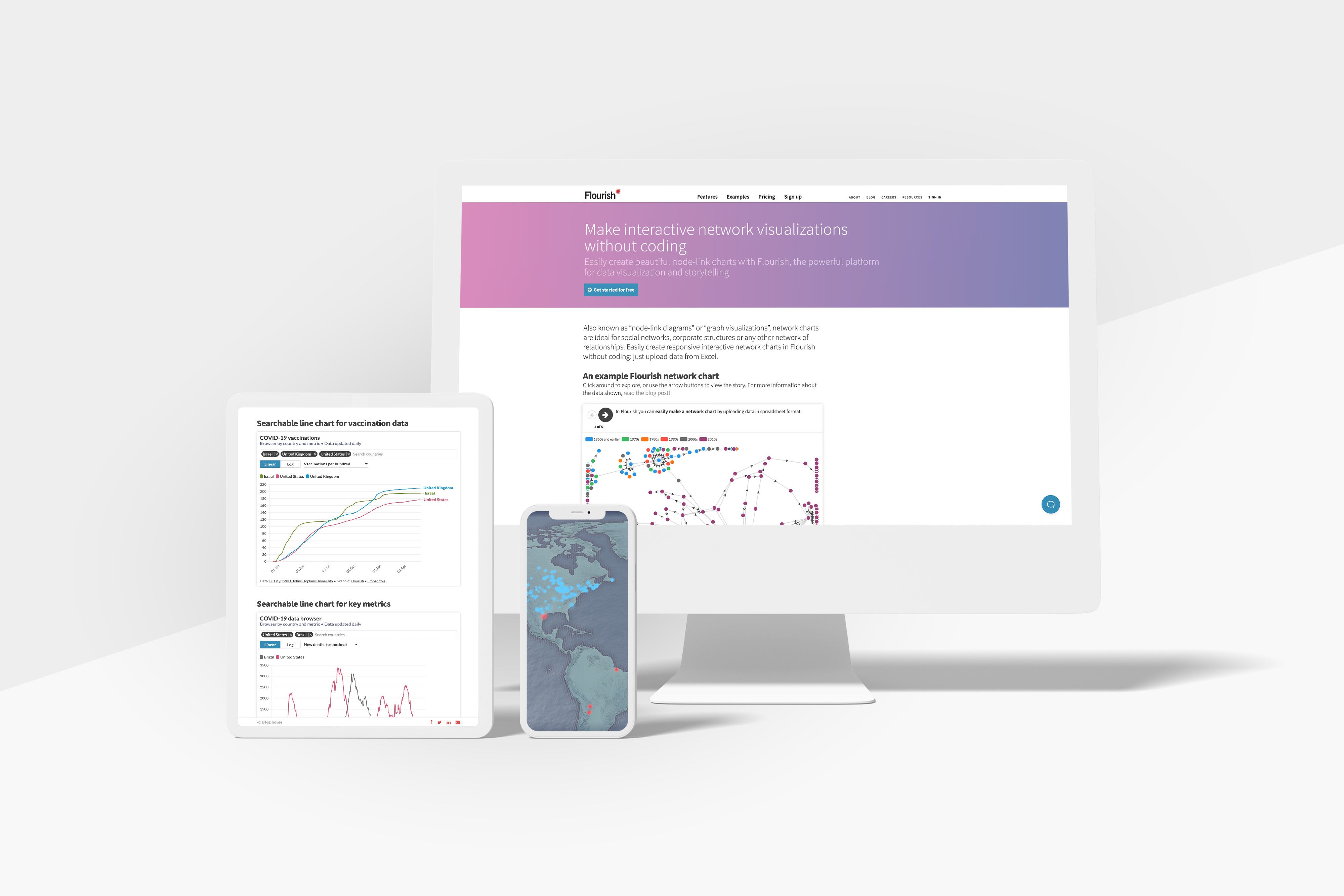
Tableau
As a visual analytics platform that helps you make better decisions based on data, Tableau has long been a favourite for analysts. But it’s also an incredible solution for adding data visualisations to your digital story. Think of its creations as the more ornate sibling of charts, graphs, and maps. It’s a robust tool for transforming complex information into a readily consumable format that will add credibility to your digital story. (Note that only Tableau Public gives you the ability to share your creations with anyone other than those with a Tableau license.)
Expertise required: For most people, Tableau is not one of those programs you can pick up on the fly. It’s a formidable product (much like its parent company’s flagship product, Salesforce), so you'll need to be pretty tech-savvy to get the most out of it.
Cost: Tableau Public is free, with other plans starting at $70 per month.
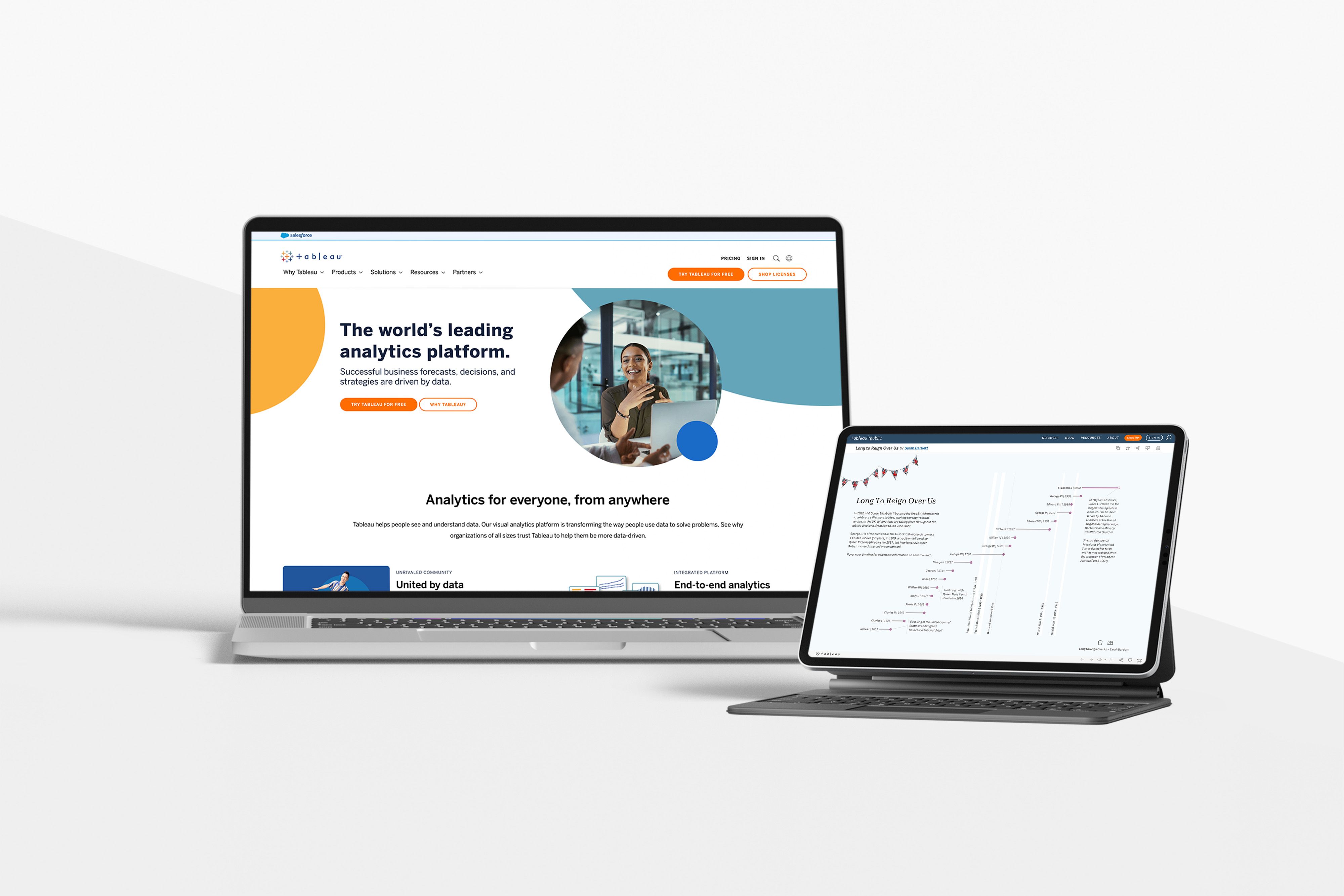
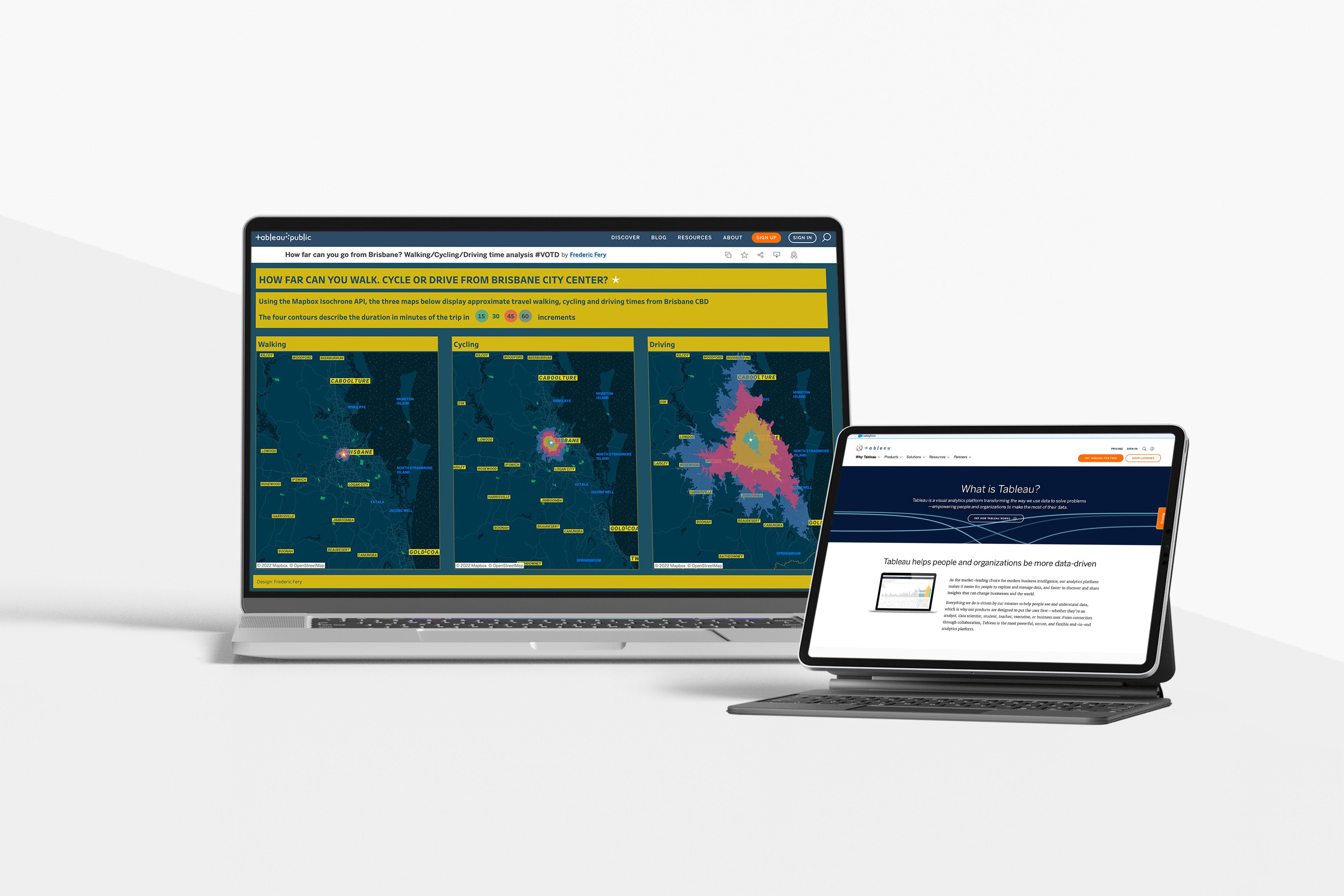
Datawrapper
Stunning charts and maps and tables, oh my! This favorite of The New York Times and Associated Press enables you to build professional data visualisations that will elevate your digital stories by several notches.
If their chart templates don’t suit your brand, Datawrapper will build you a custom theme. If coloured tables with images are your jam, you’re in luck: Datawrapper allows you to modify fonts, table background colours, borders, and add visuals. You can even build interactive tables that allow users to sort and search for an optimal experience.
Expertise required: If you can build Excel charts, you can use Datawrapper. Plus, if you need step-by-step instructions on creating a chart, map, or graph, the company has you covered with its Data Academy and responsive support team.
Cost: There’s a generous free plan, but white-labelling jumps to $599 per month.
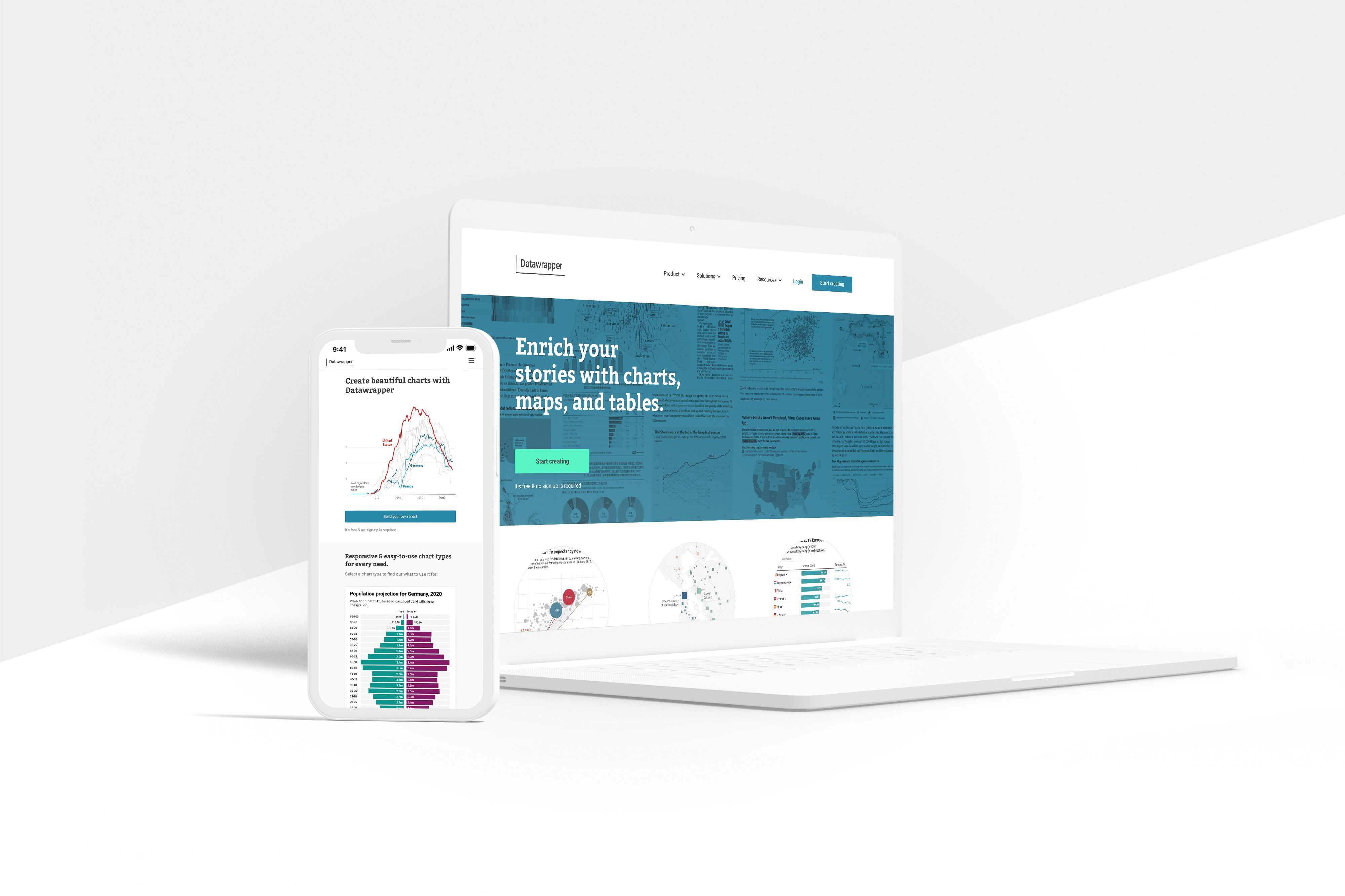
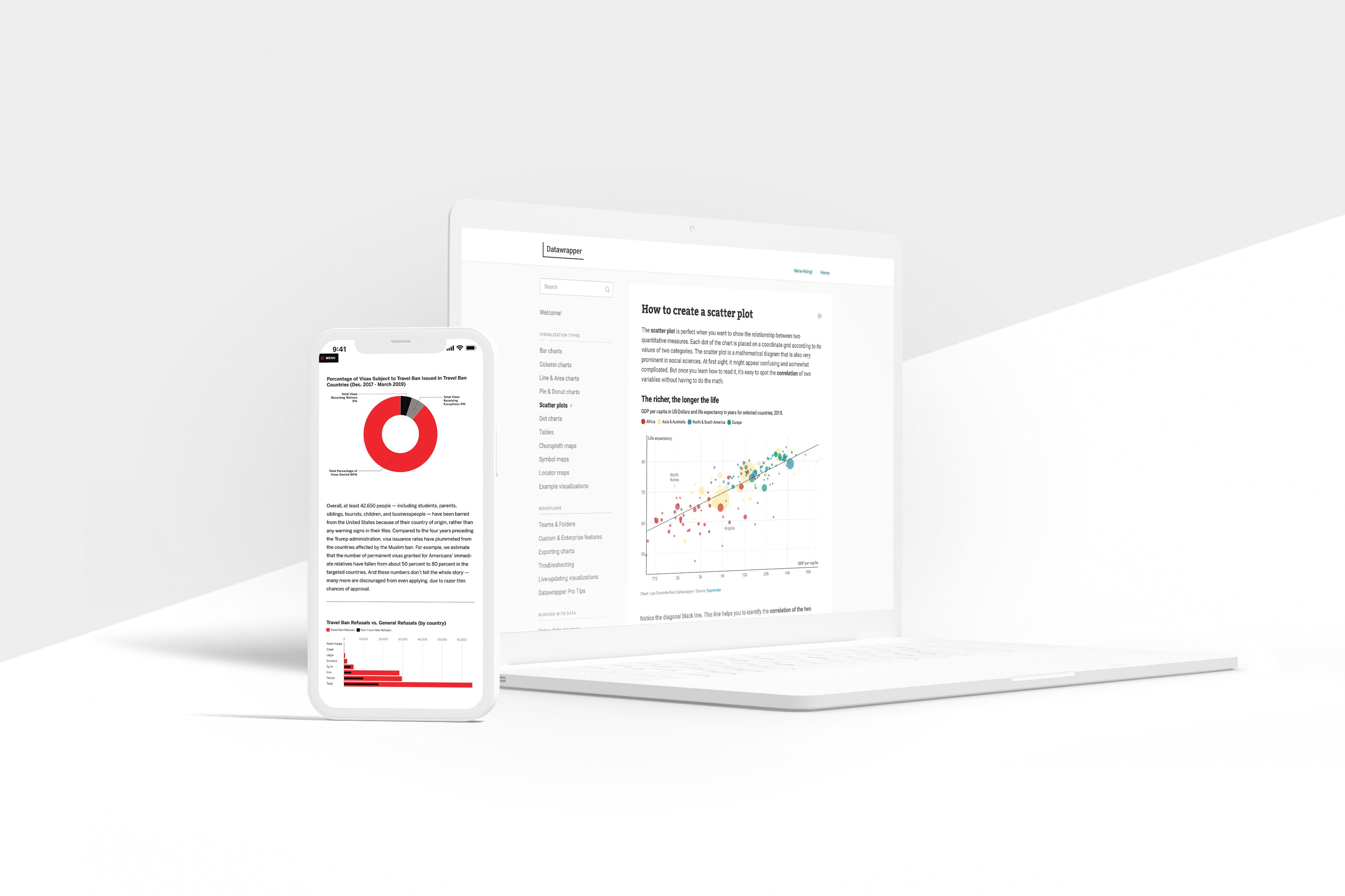
Unsplash
Many a photographer, from amateurs to seasoned veterans, has shared their talents with the world via this robust photo-sharing platform. You’ll find photographs of virtually every subject, all shot with style and aplomb.
Through its vast library of over 3 million photos and counting, Unsplash offers freely-usable images that won’t cost you a dime. All the photographs and imagery are available for commercial and non-commercial use. And given the quality of their stock, the fact that everything is free makes it a no-brainer to provide attribution (though it’s not required) to the talented artist who submitted the work.
Expertise required: Oh so easy. The hardest part is choosing which photograph will best electrify your digital stories. There’s also an easy integration with Shorthand.
Cost: Free! The best value ever.
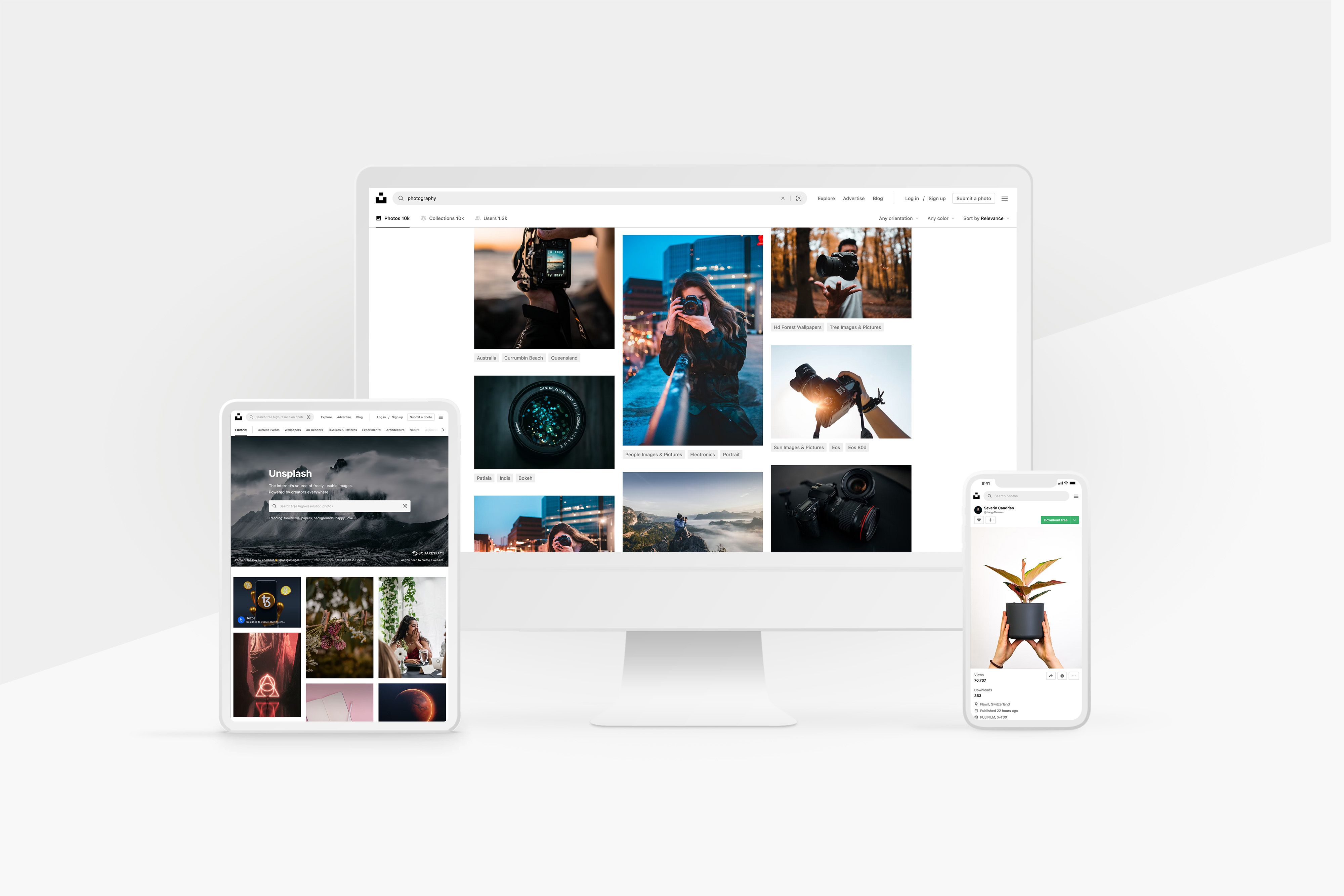
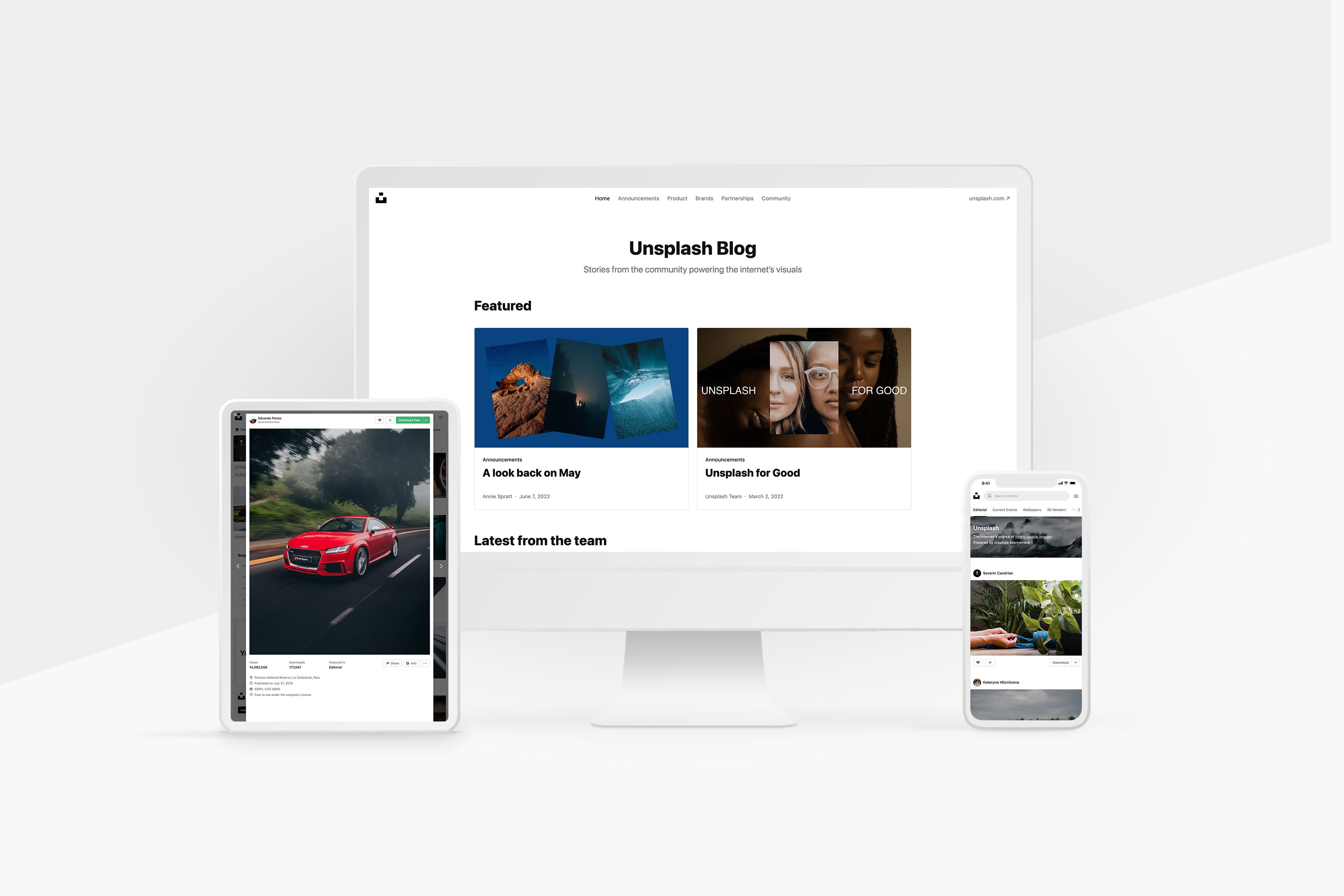
Pexels
Another seemingly limitless repository of exquisite (and free) stock photography, Pexels is almost guaranteed to have what you’re looking for. Here you’ll find images of everything from ordinary kitchen utensils to breathtaking vistas. Like Unsplash, all photos can be used for anything you can dream up — Pexels allows both commercial and personal use. But beware if you’re on a deadline: you’ll find yourself mesmerised by thousands of images as you browse through an ever-expanding scroll screen.
Expertise required: Zip. Zilch. Zero.
Cost: Free as a bird! But make sure to attribute the artist for the best karma.
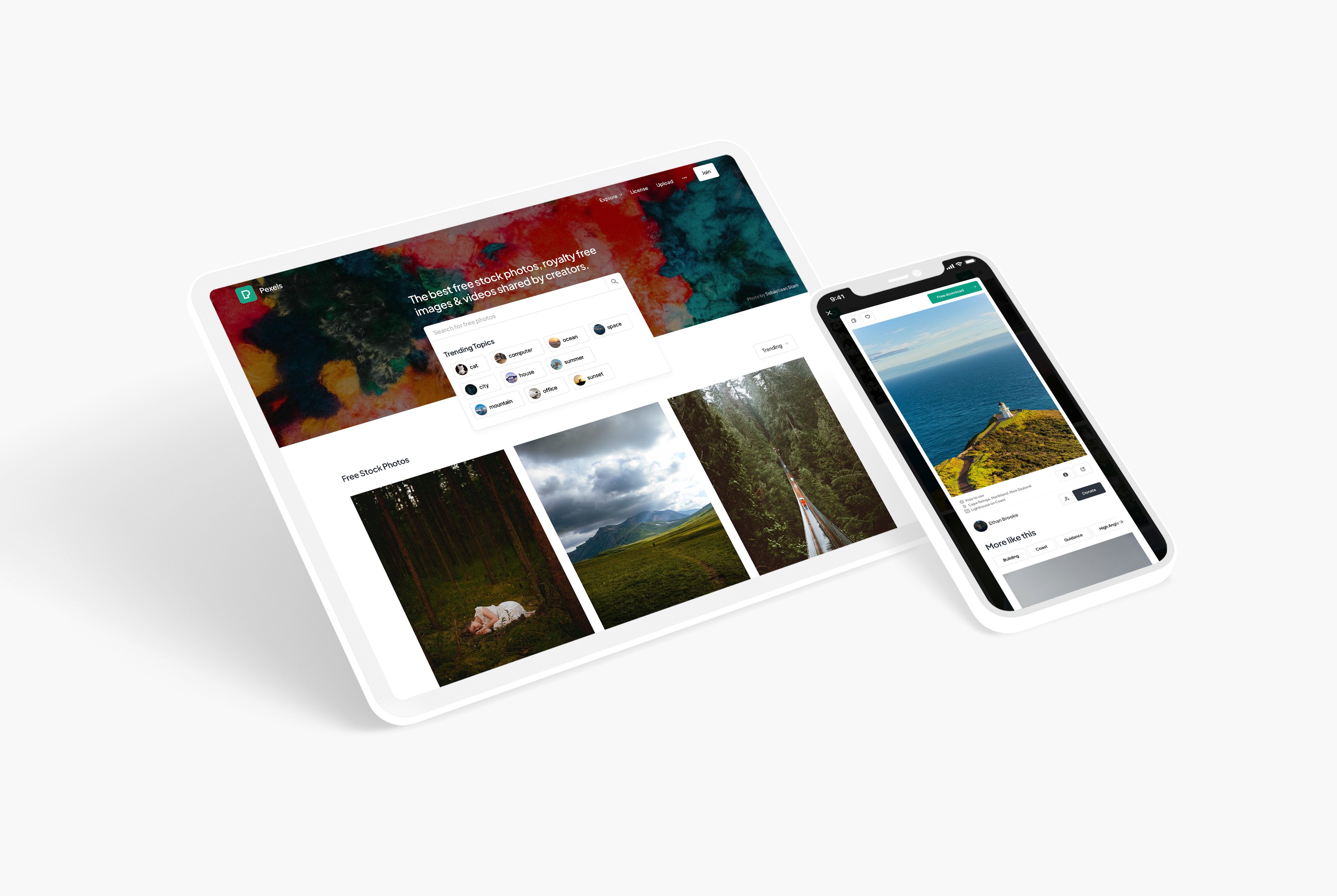
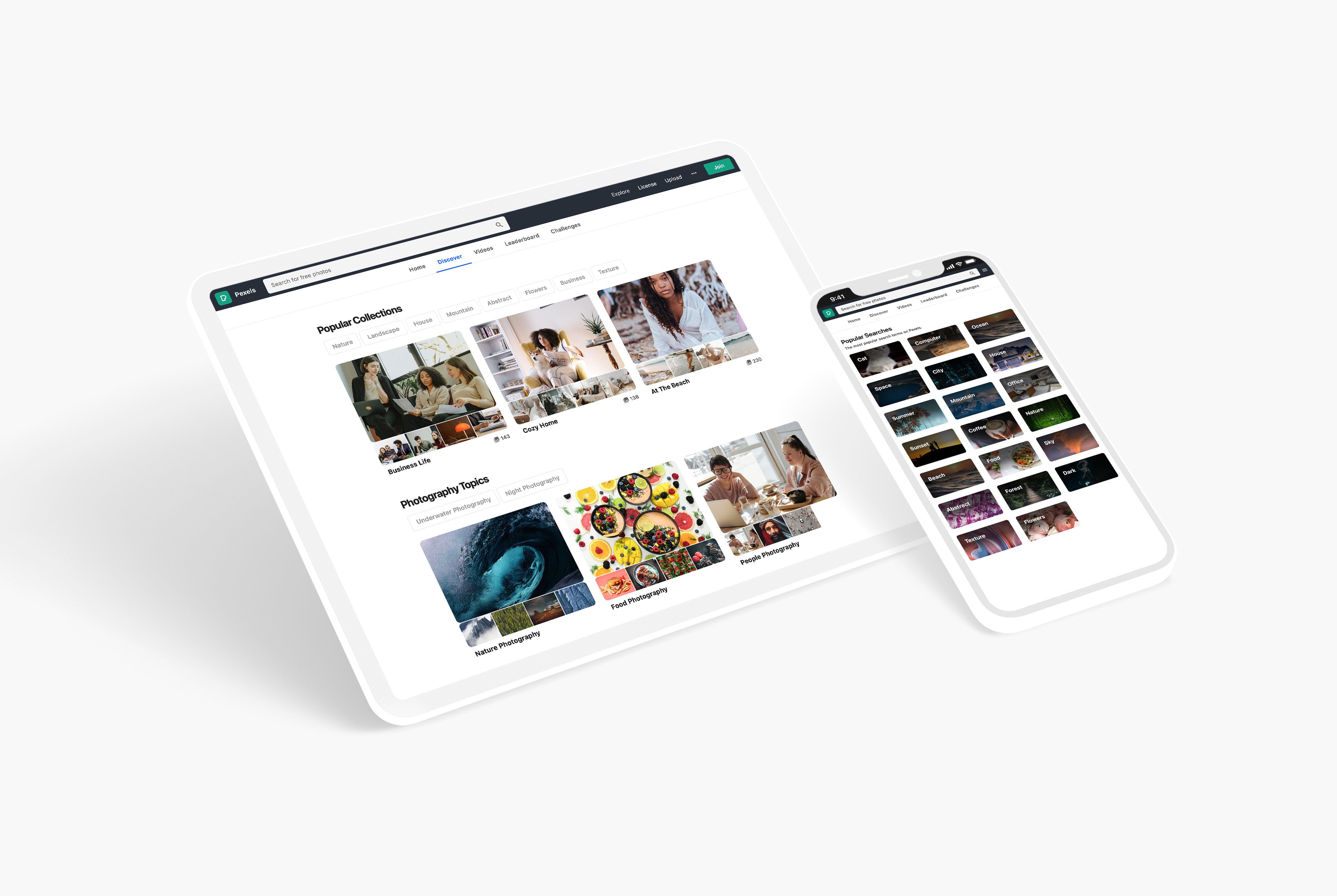
Adobe Stock
While Adobe may be best known for its mind-bending design and illustration software, its stock photography, illustrations, videos, templates, audio, and more are absolutely worthy of the brand’s knockout reputation. Give the search a whirl and see if you can stump it — with over 28,000 results for “paper towels”, you’re unlikely to find any emotion, geography, item, or situation unrepresented in its vast library.
Expertise required: The most expertise you’ll need is the ability to choose from thousands of options, which can be quite a challenge!
Cost: Subscriptions start at $29.99 per month and increase from there depending on usage.
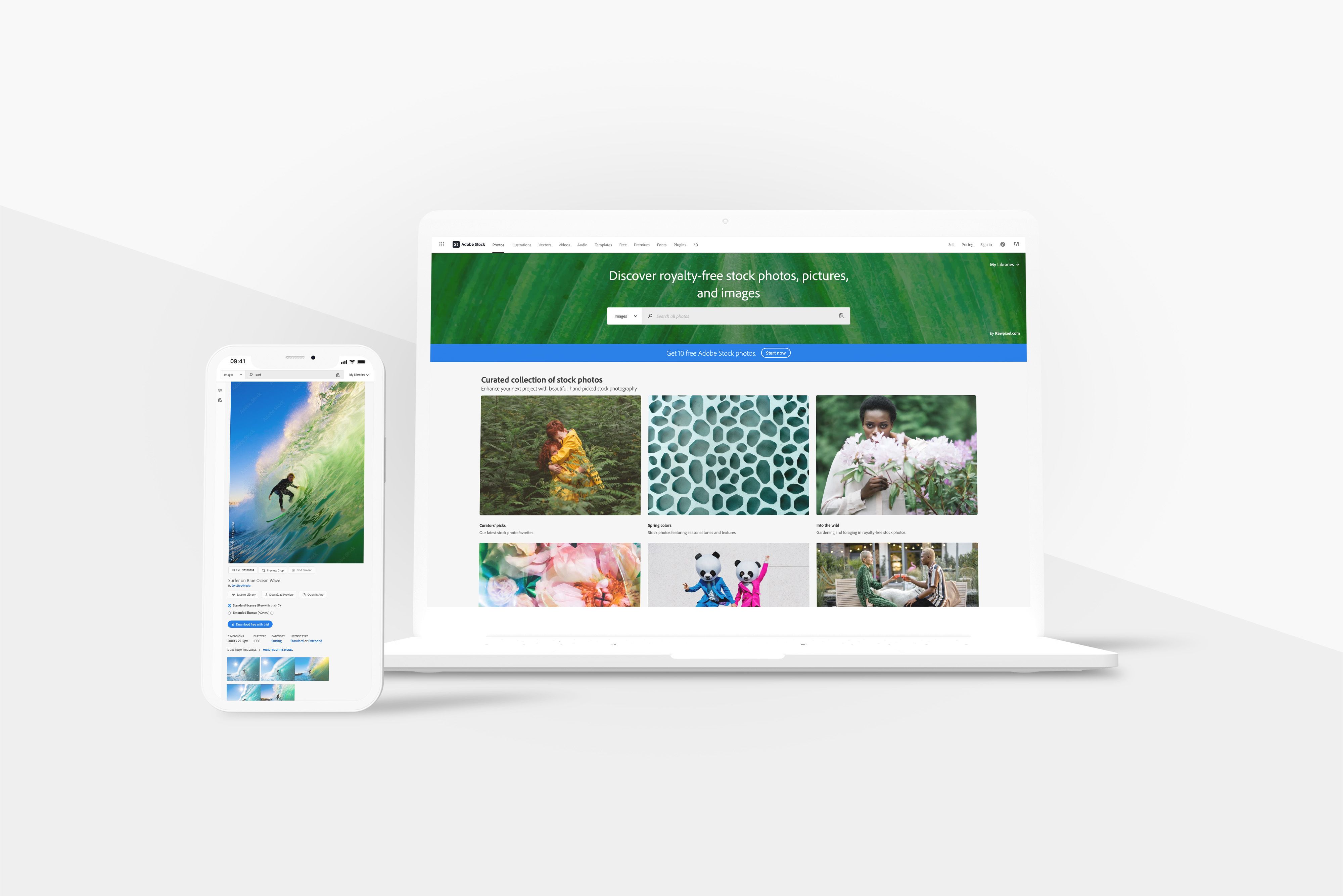
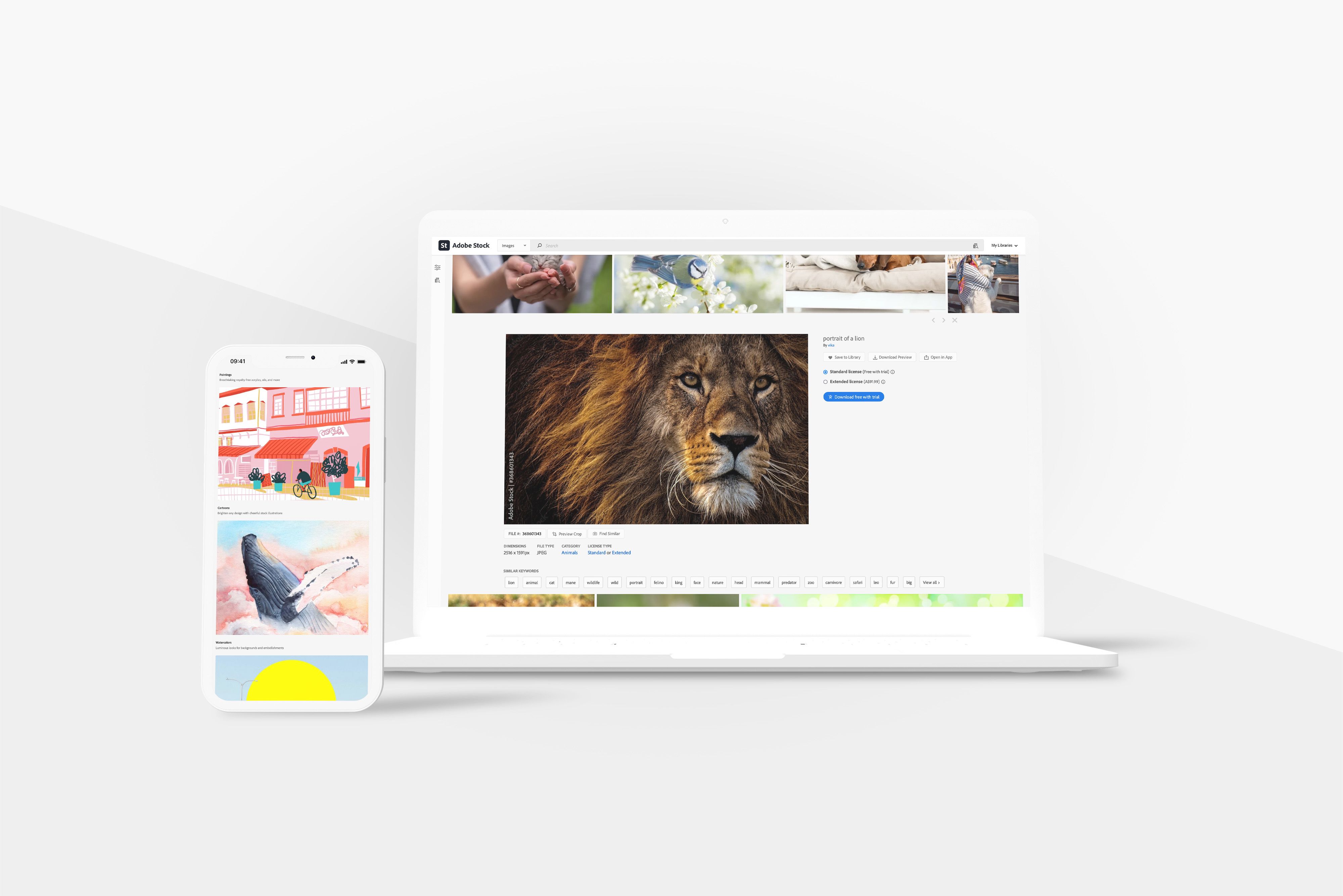
Dreamstime
If Adobe is a bit of a stretch for your budget, Dreamstime is a smart alternative for royalty-free photography, audio, video, illustrations, and graphics. It even includes editorial photos and videos that capture events unfolding worldwide.
While not quite as extensive as Adobe (it only has 2,800 results for “paper towels”), Dreamstime will more than likely have what you’re looking for in its 183-million-strong photo library. Its video clips are perfect for embellishing a point in your digital story, and the audio tracks range from environmental (eg, silverware clanking on dishes or a howling winter storm) to snippets that will help draw your audience into your story. It even offers free stock photos as a bonus.
Expertise required: All you need to be able to do is register for an account and download your media. Easy peasy!
Cost: Monthly subscriptions start at $15 per month, with a range of flexible plans available depending on what you’re after.
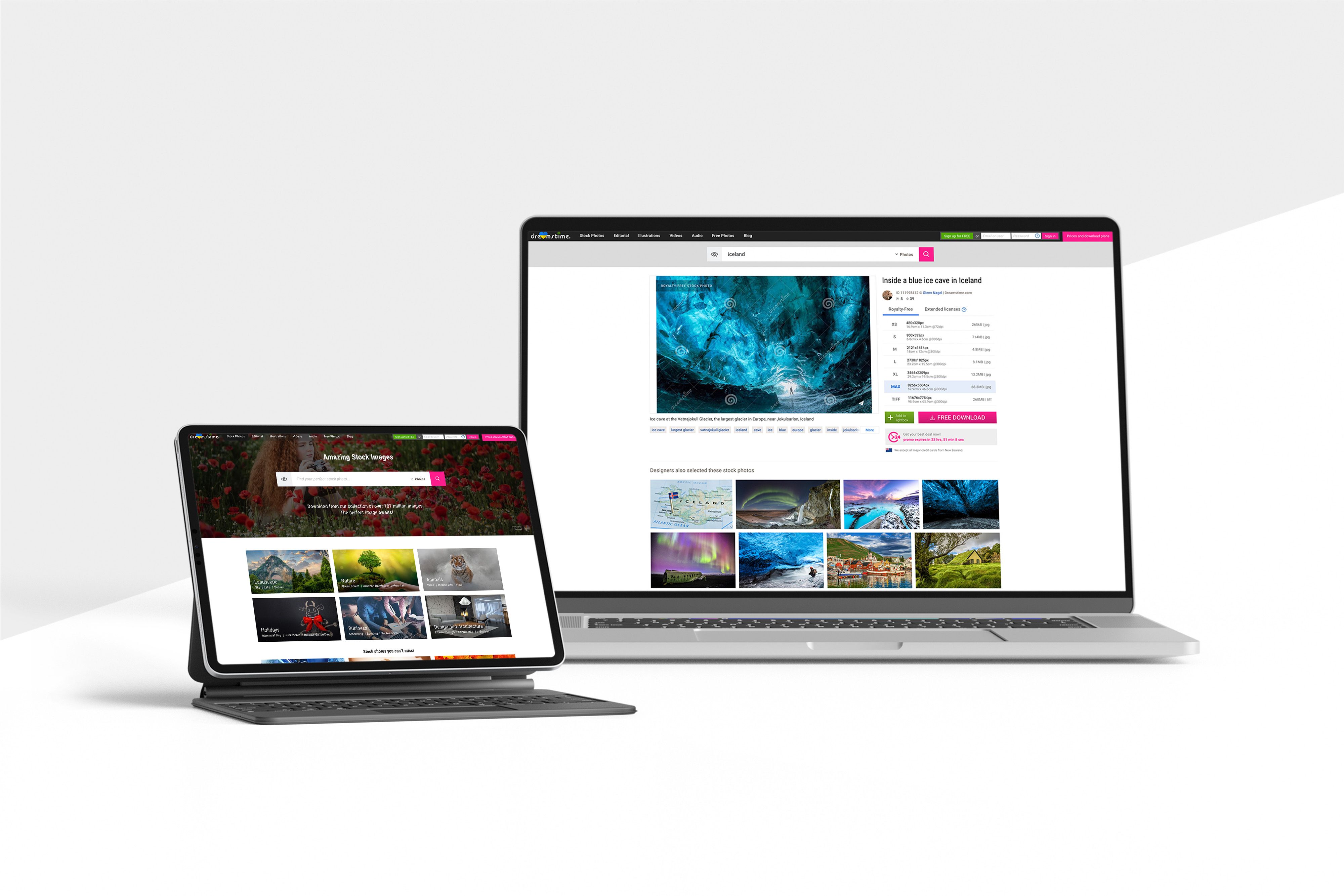
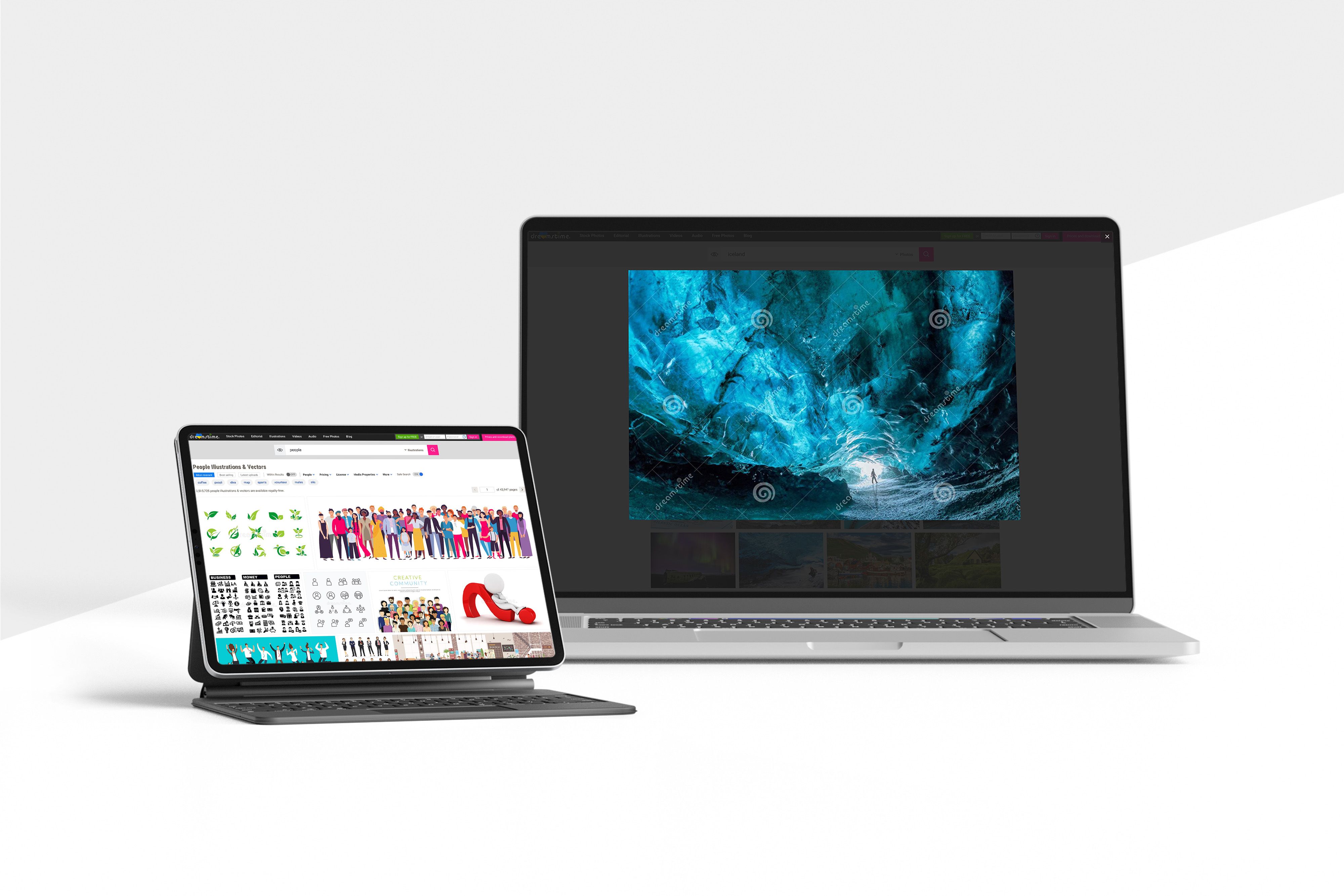
Pixabay
Beloved by hobbyists and professionals alike, Pixabay is one of the top resources you’ll find for free, high-quality stock videos. Don’t think that just because the footage is free that it’s subpar. Pixabay stands by its professional product and only accepts first-rate videos that will bring your digital stories to life. The sharing platform also offers royalty-free sound effects and music. With whimsical names for the audio tracks (eg, “The Cradle of your Soul” and “Caves of Dawn”), Pixabay even manages to make searching for the perfect soundtrack an entertaining experience.
Expertise required: Super easy to find what you need and download your assets.
Cost: Free!
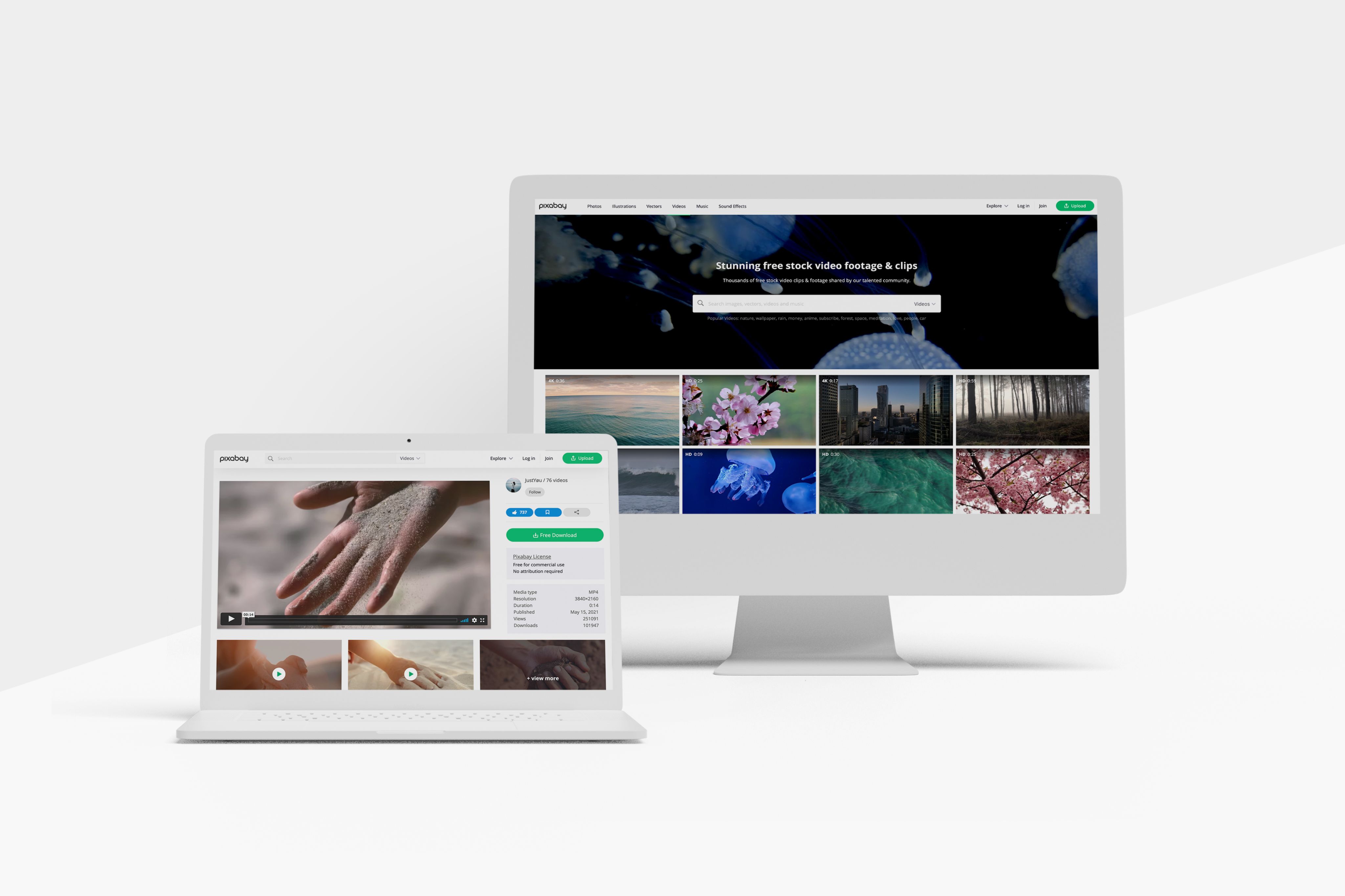
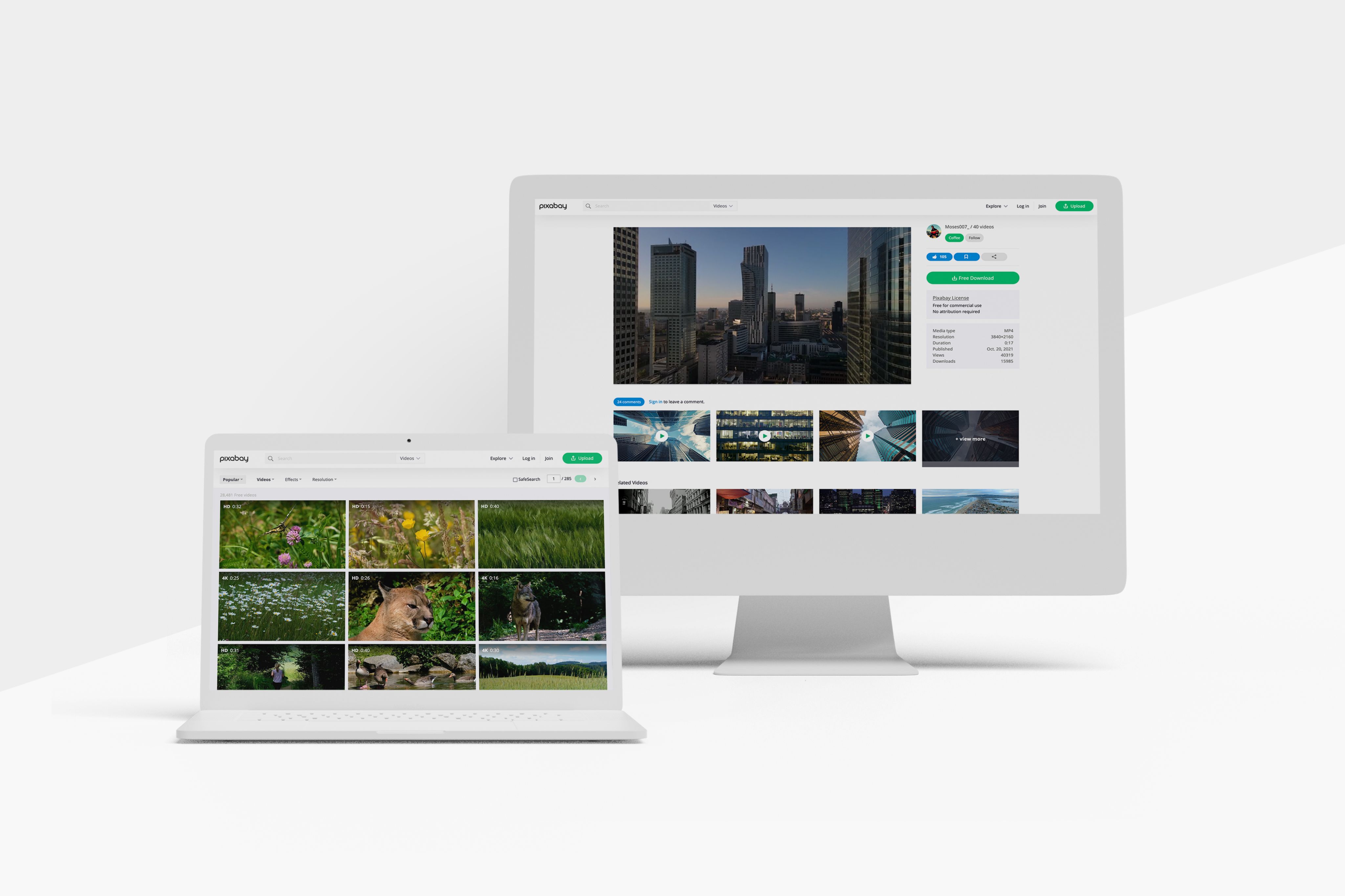
Shutterstock
Shutterstock gives Adobe a run for its money with its vast library of stock videos, photos, music, and more. Its 4K videos alone run the gamut, from futuristic panoramas to doughnuts frying in sizzling oil. Like with Adobe, if you can’t find it here, you probably won’t find it anywhere.
Expertise required: Super easy to find what you need and download your assets.
Cost: A range of license and subscription options starting from $29-$49 per month.
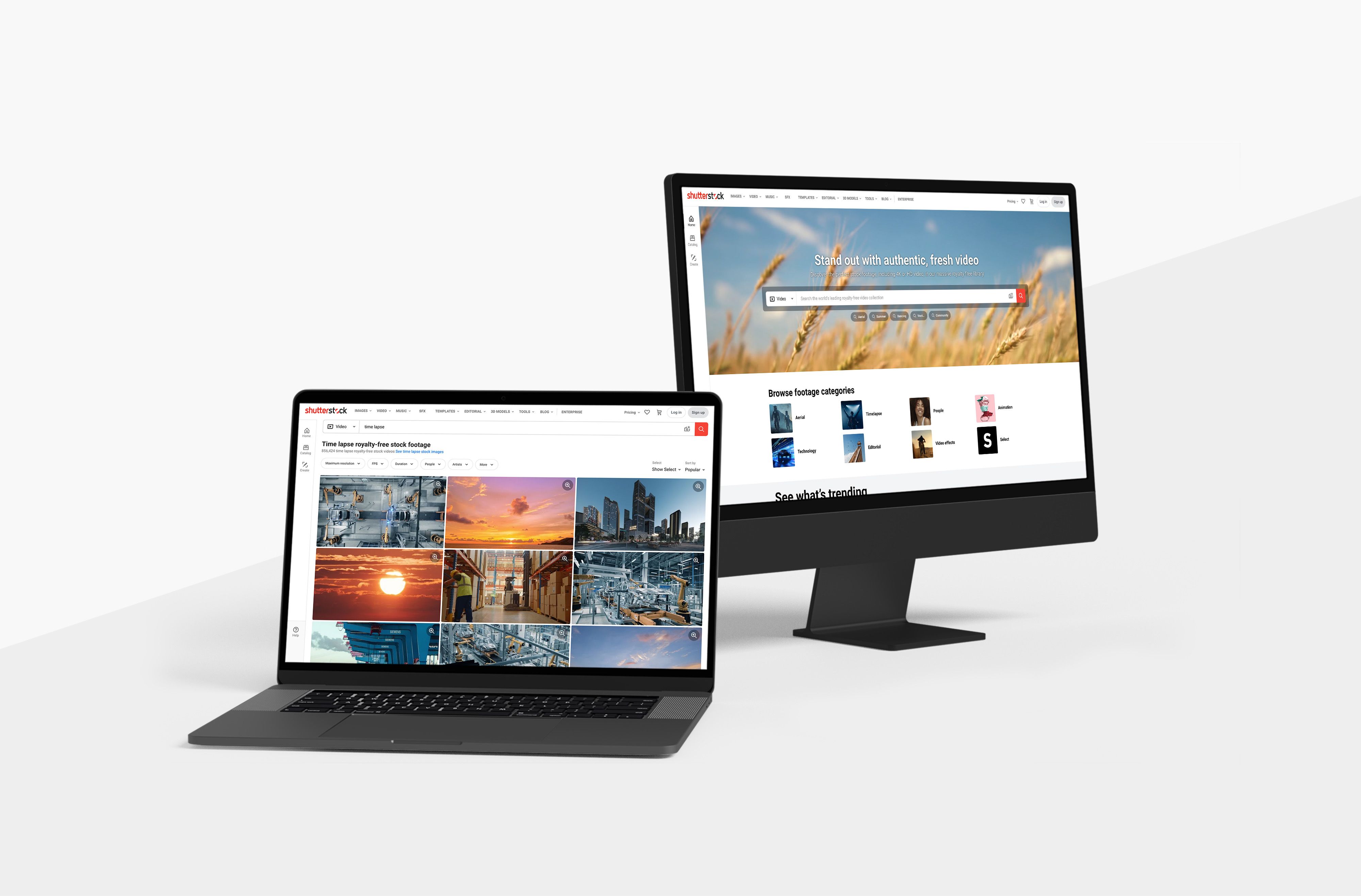
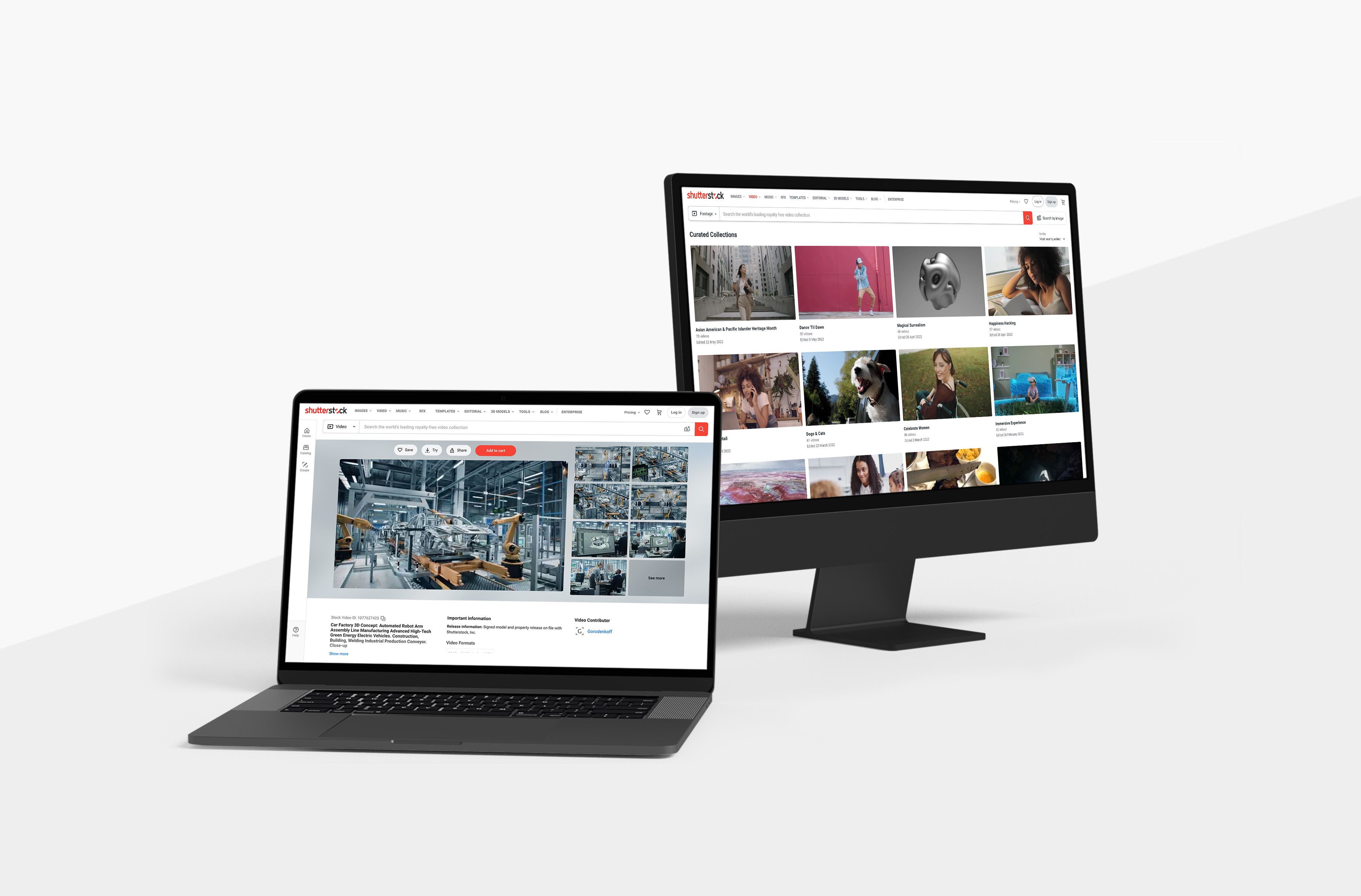
Marissa Sapega is a seasoned writer, editor, and digital marketer with a background in web and graphic design.

